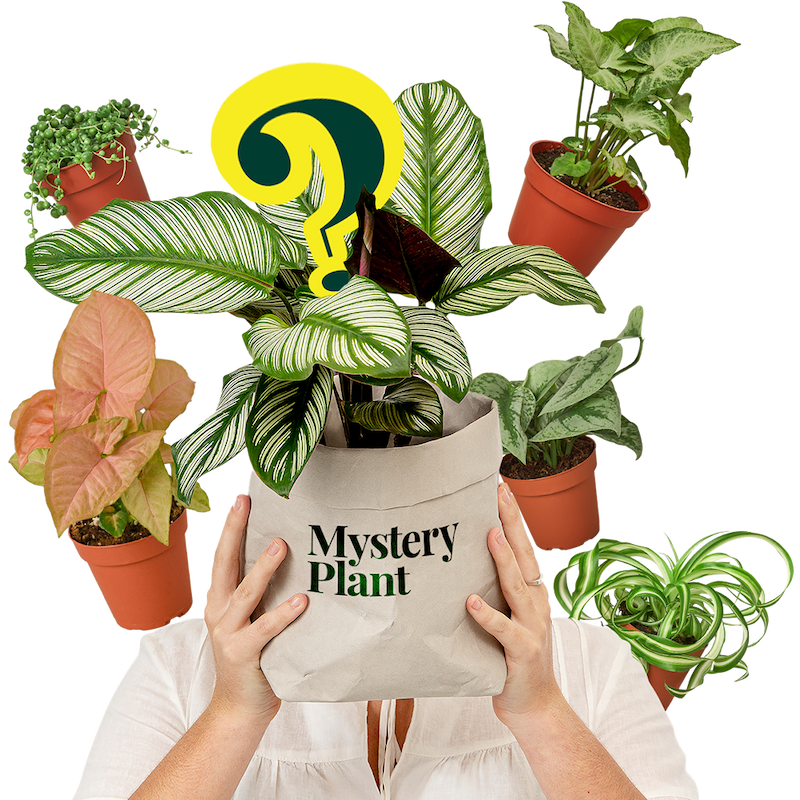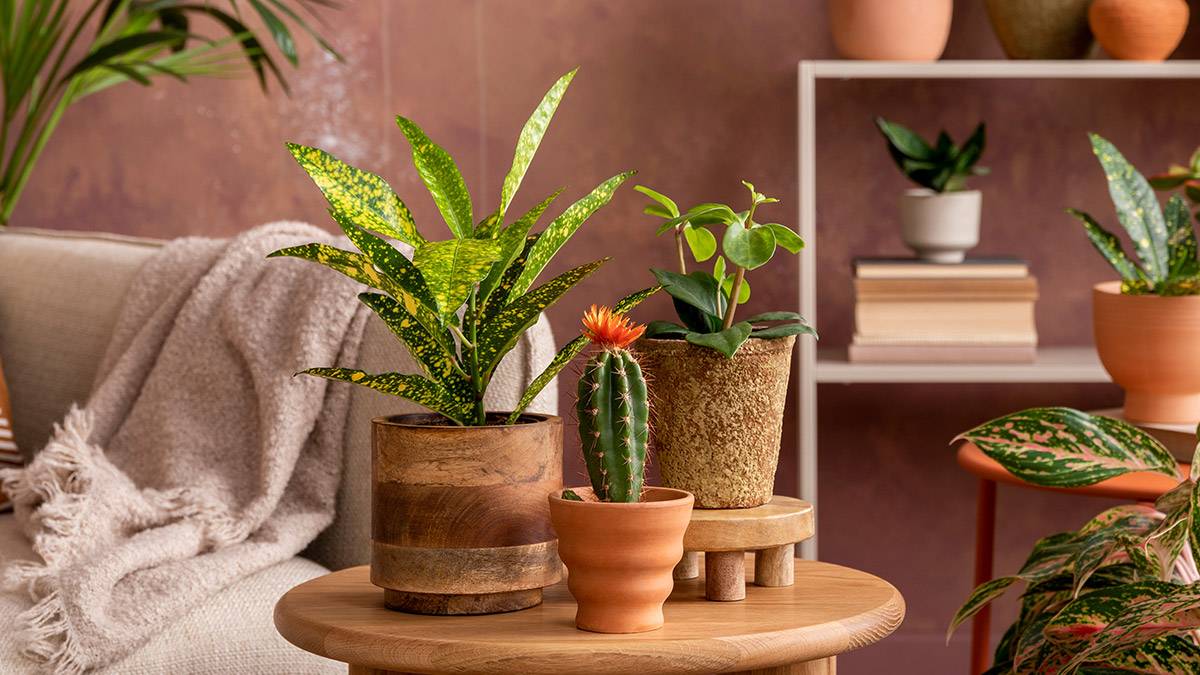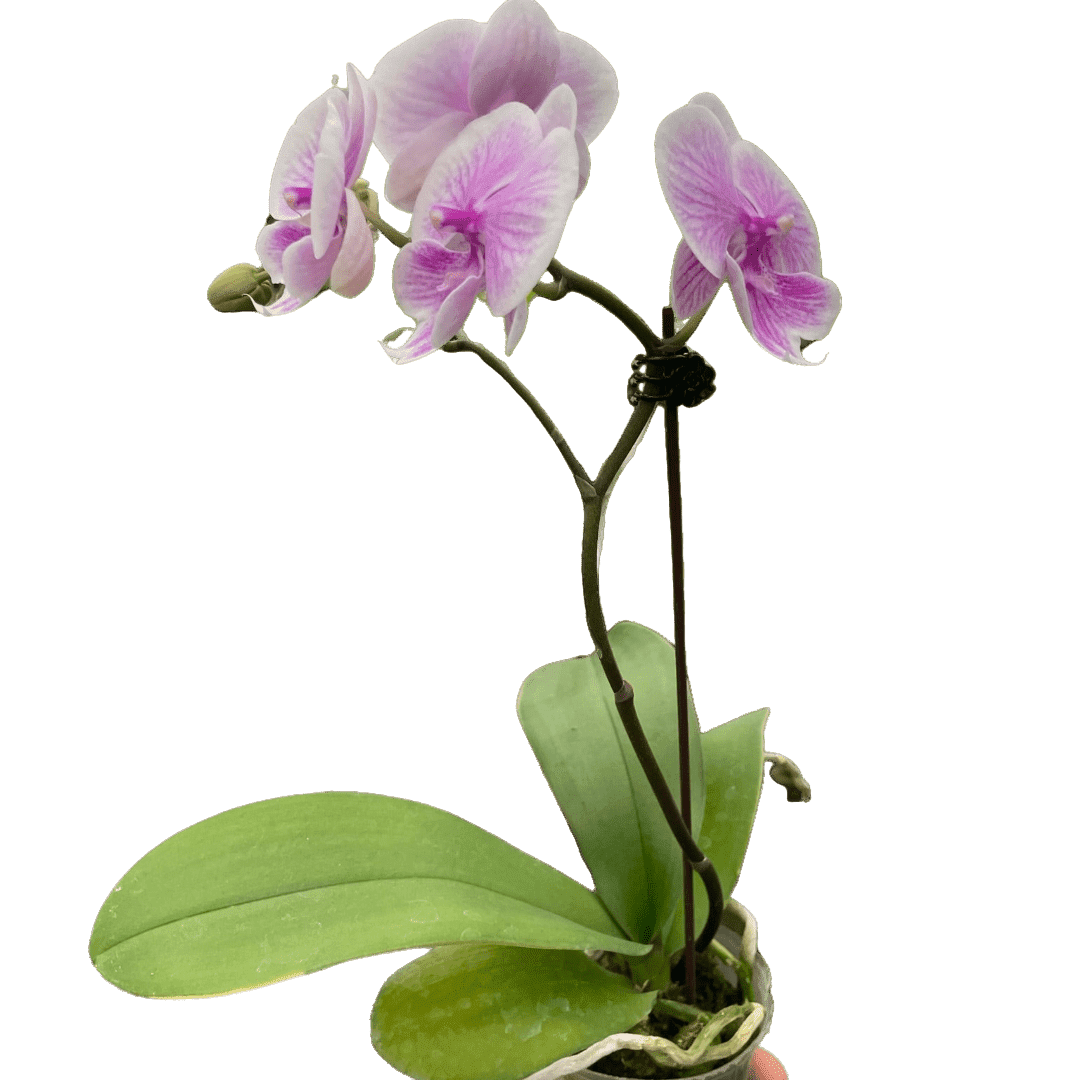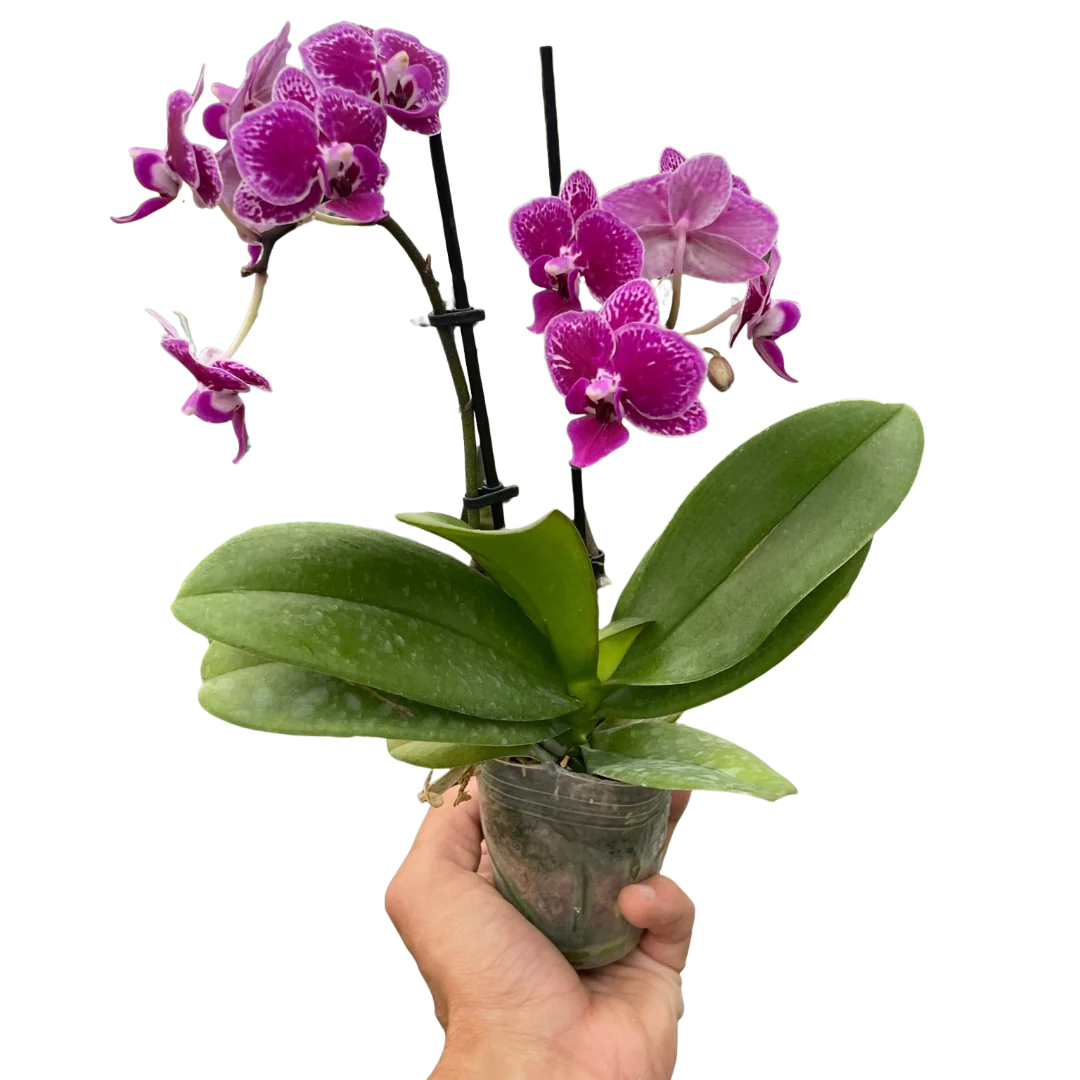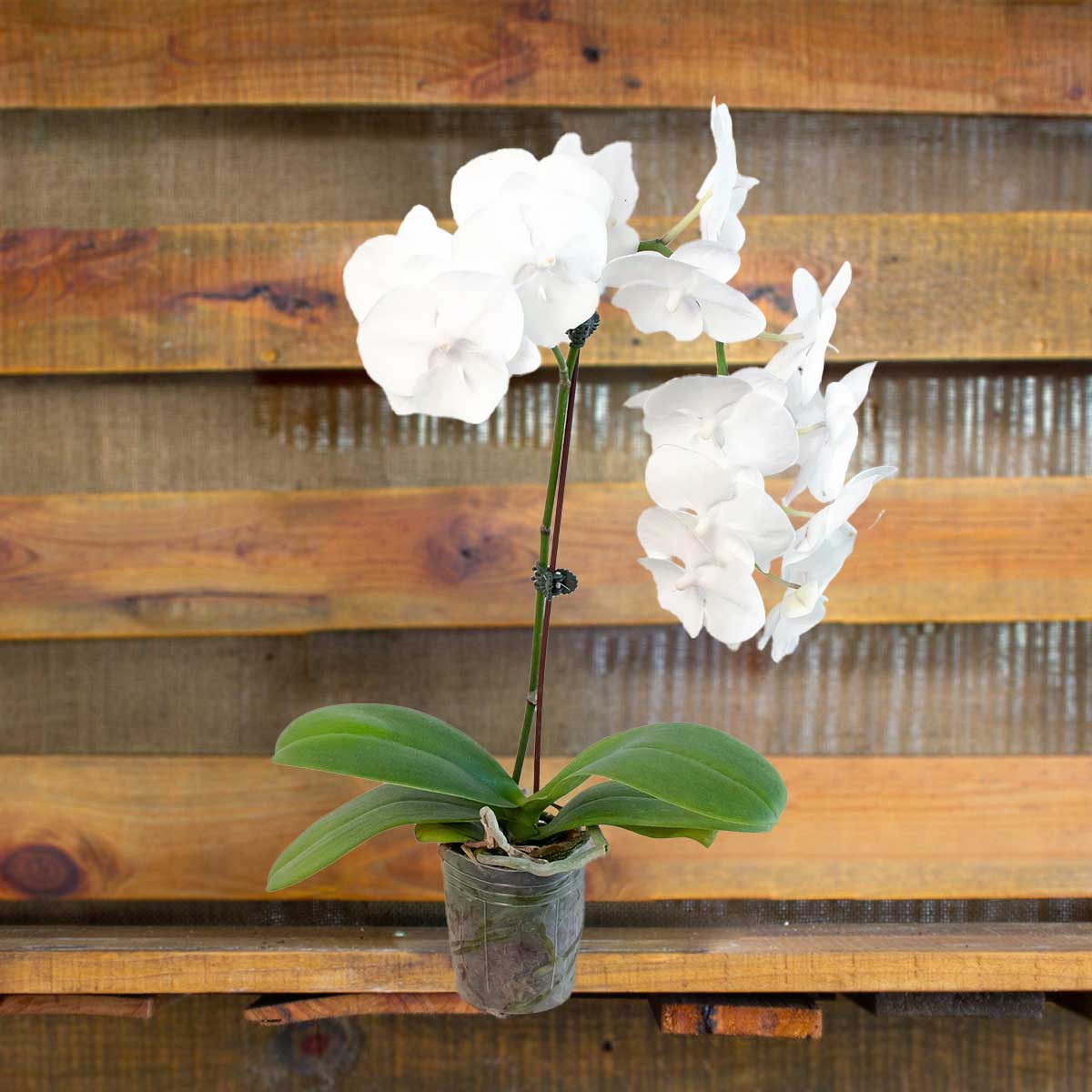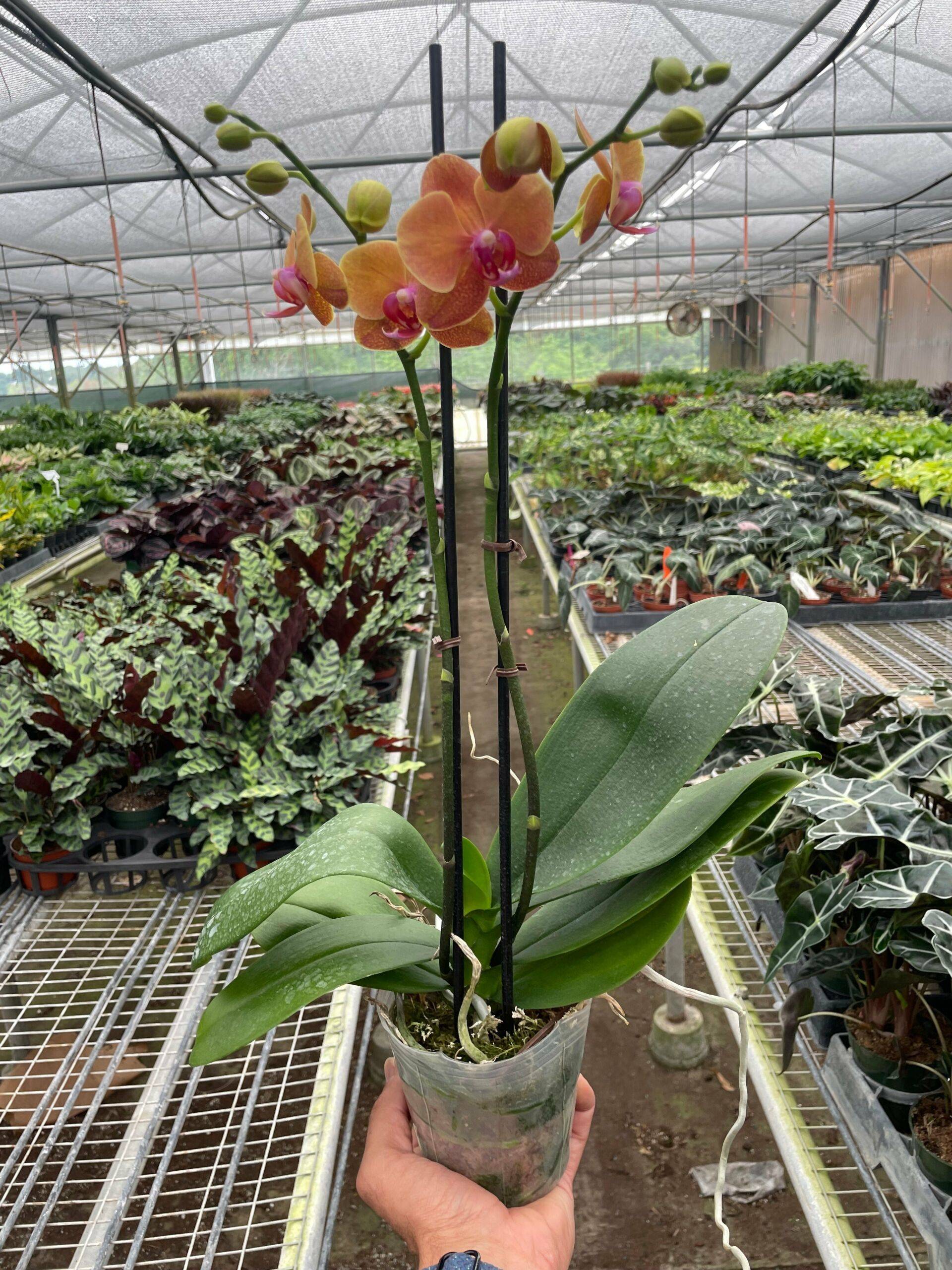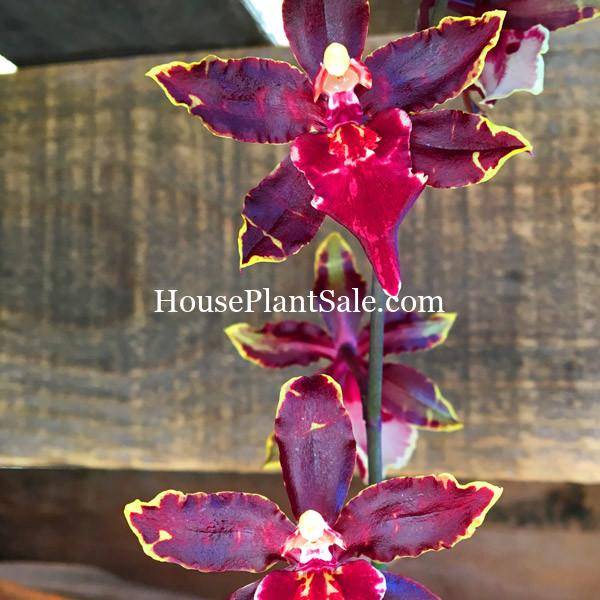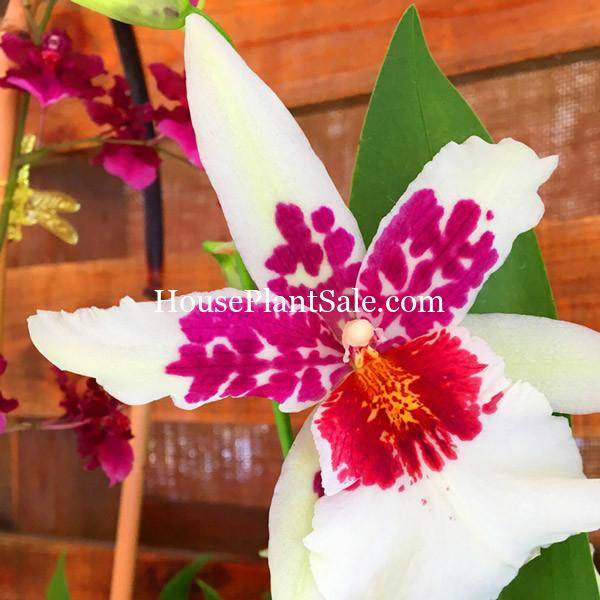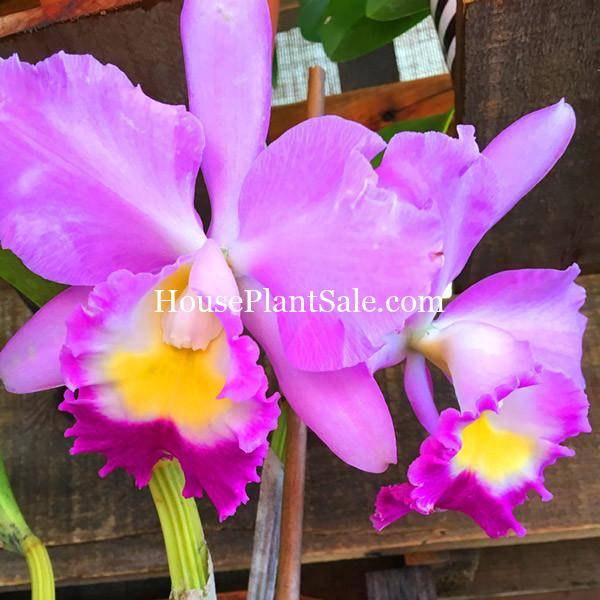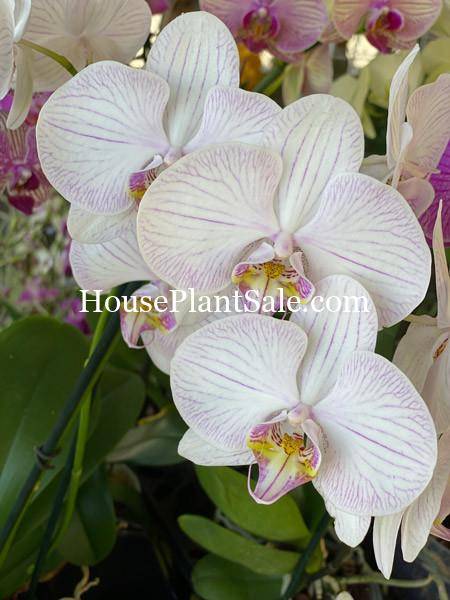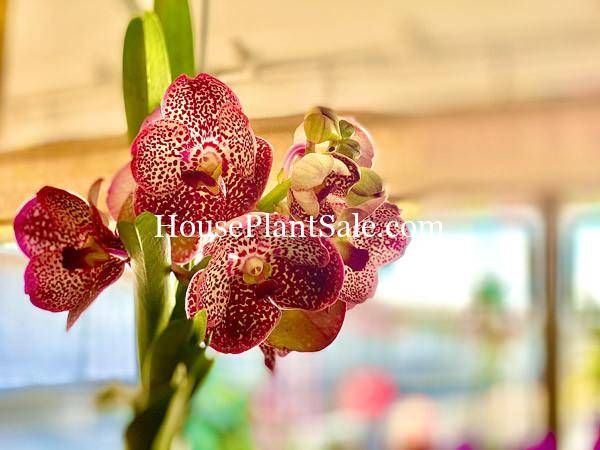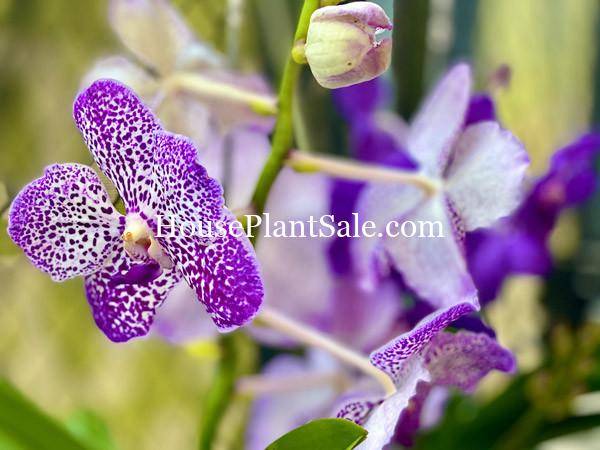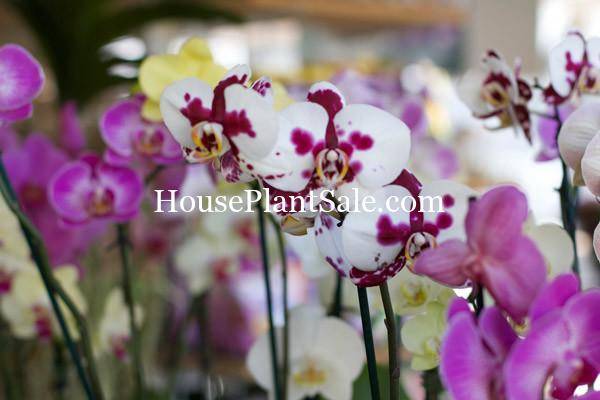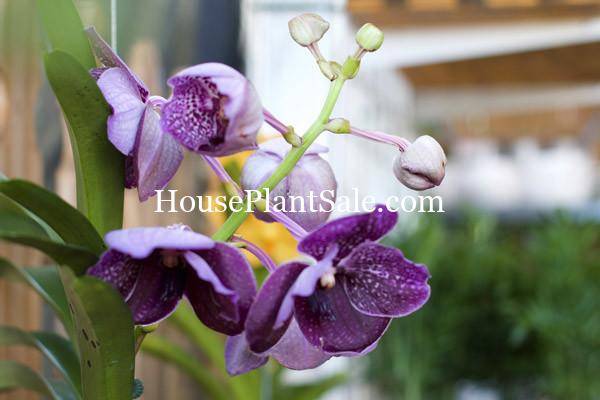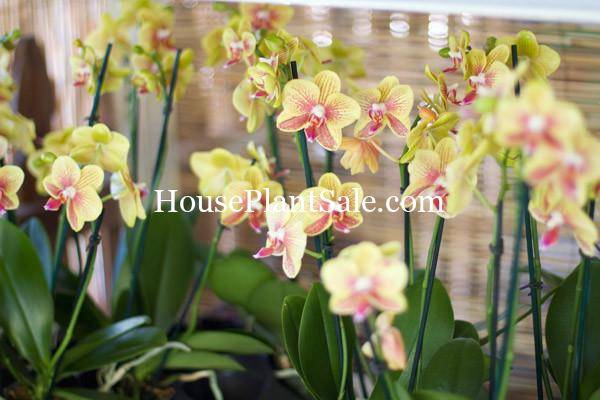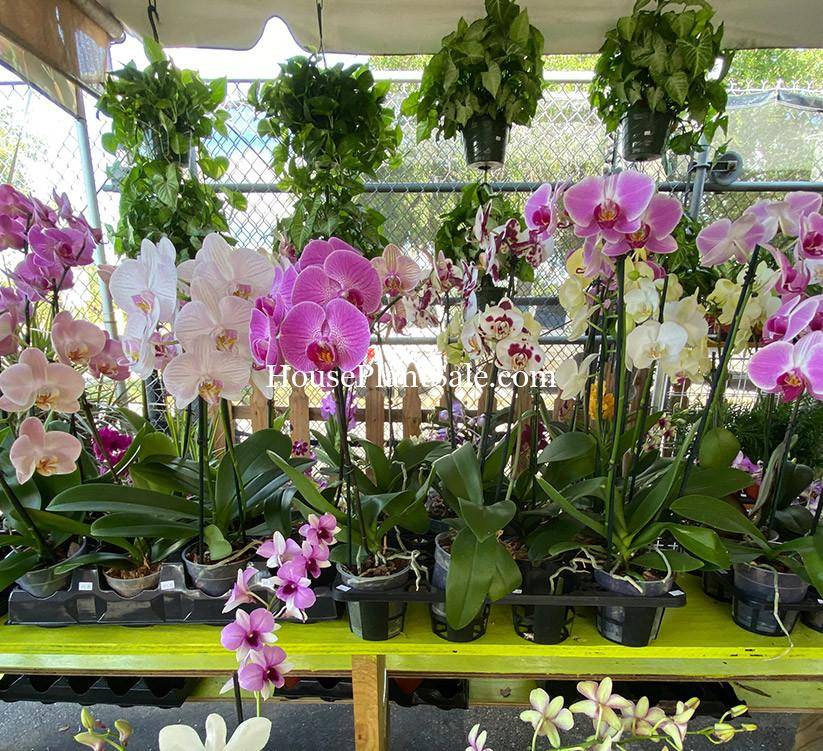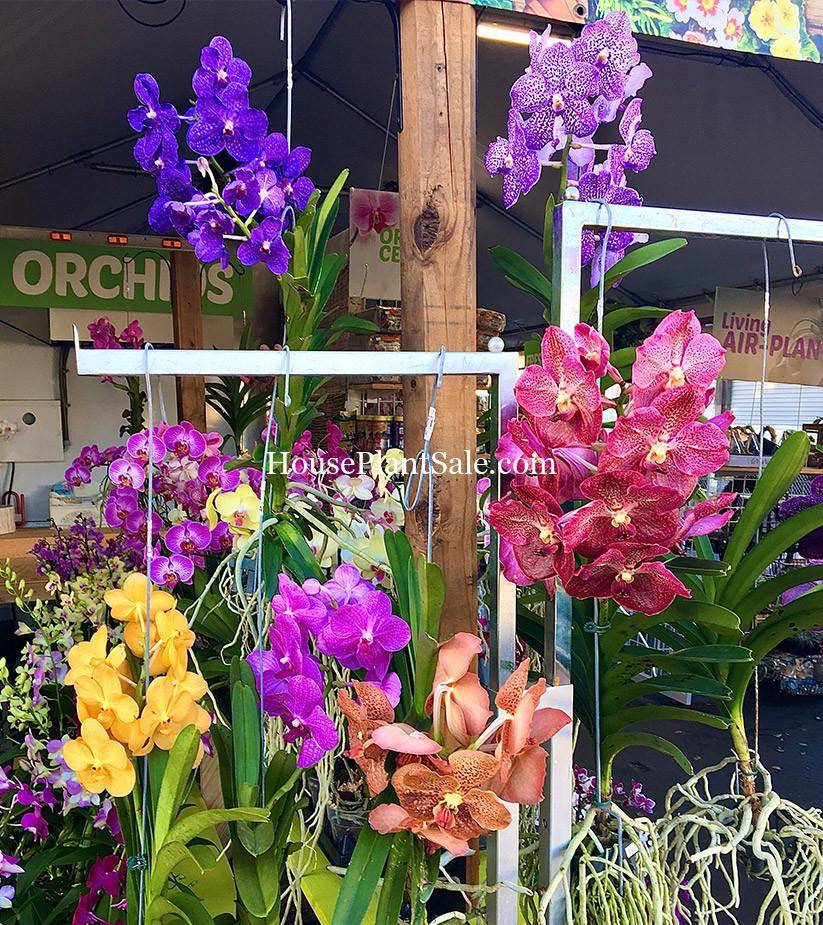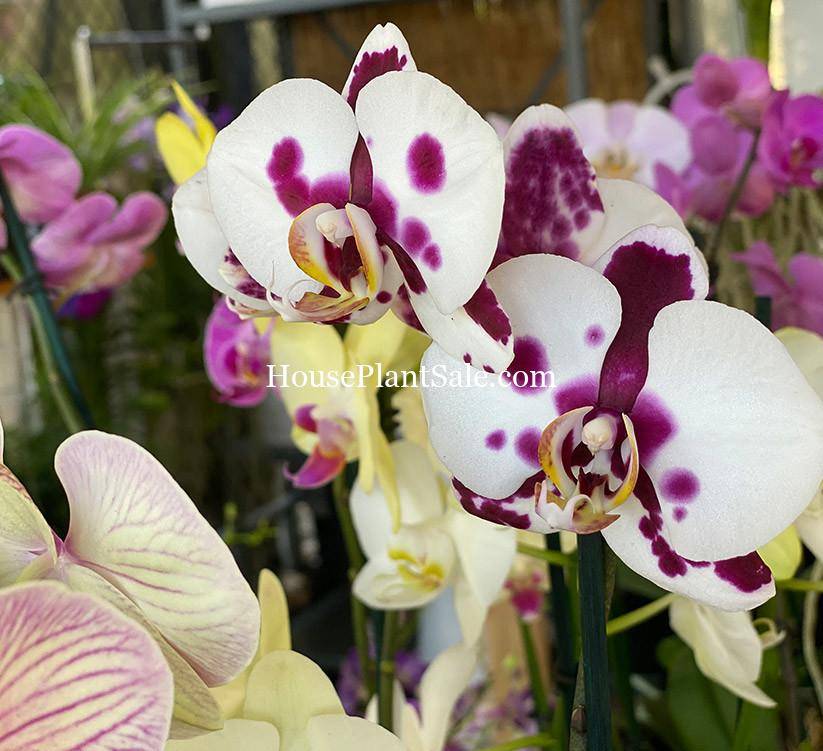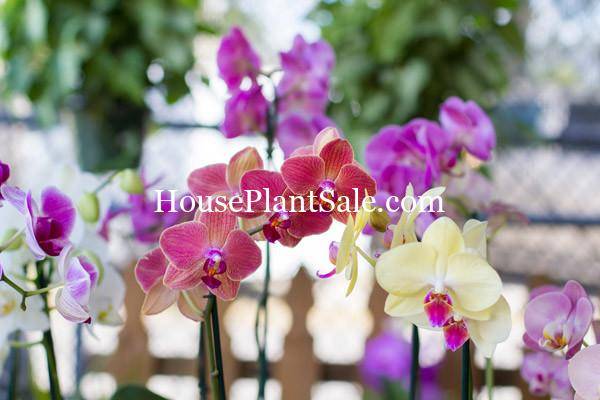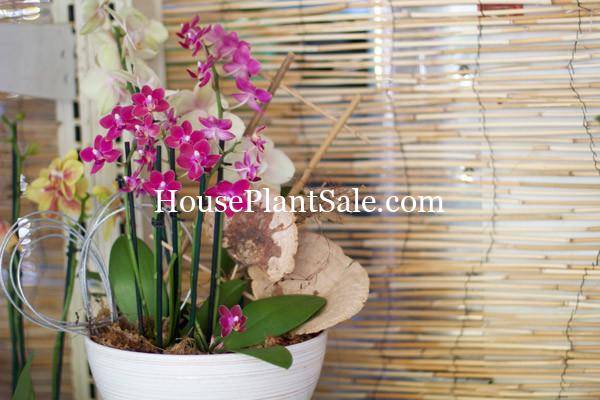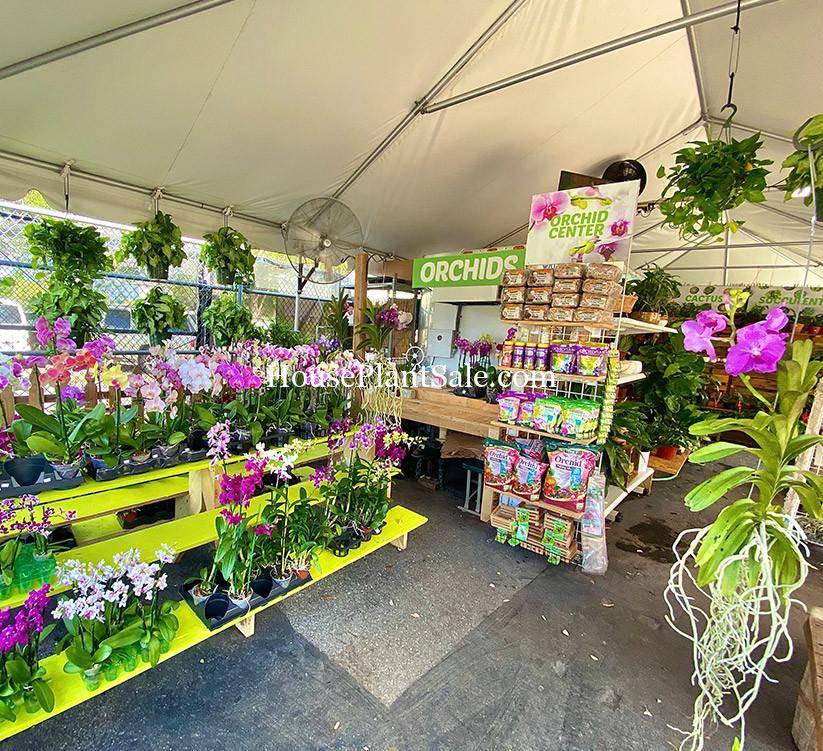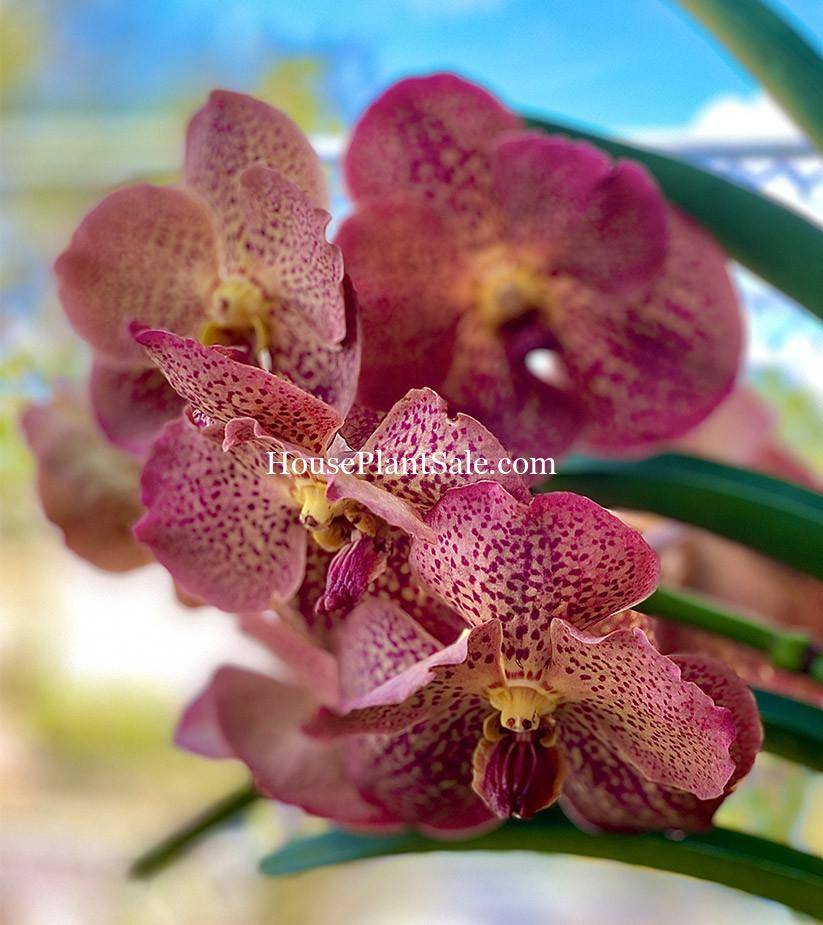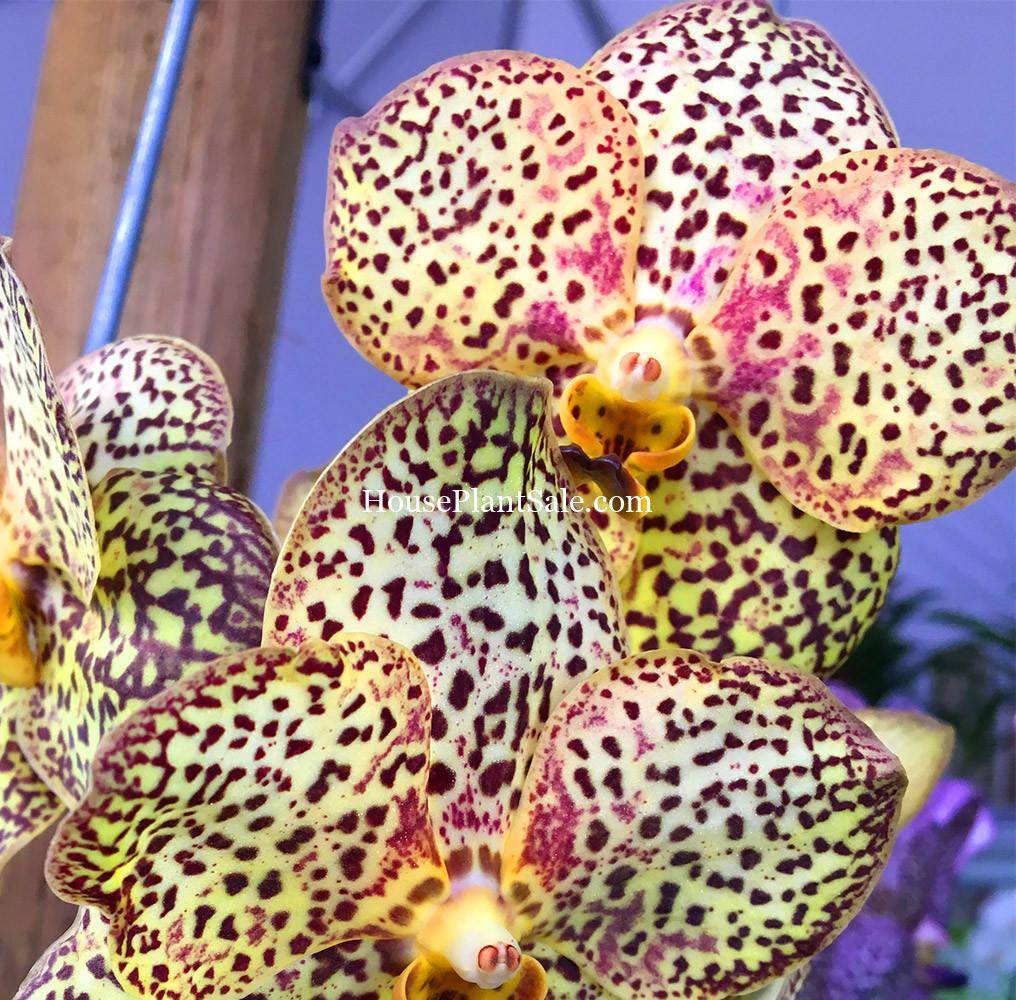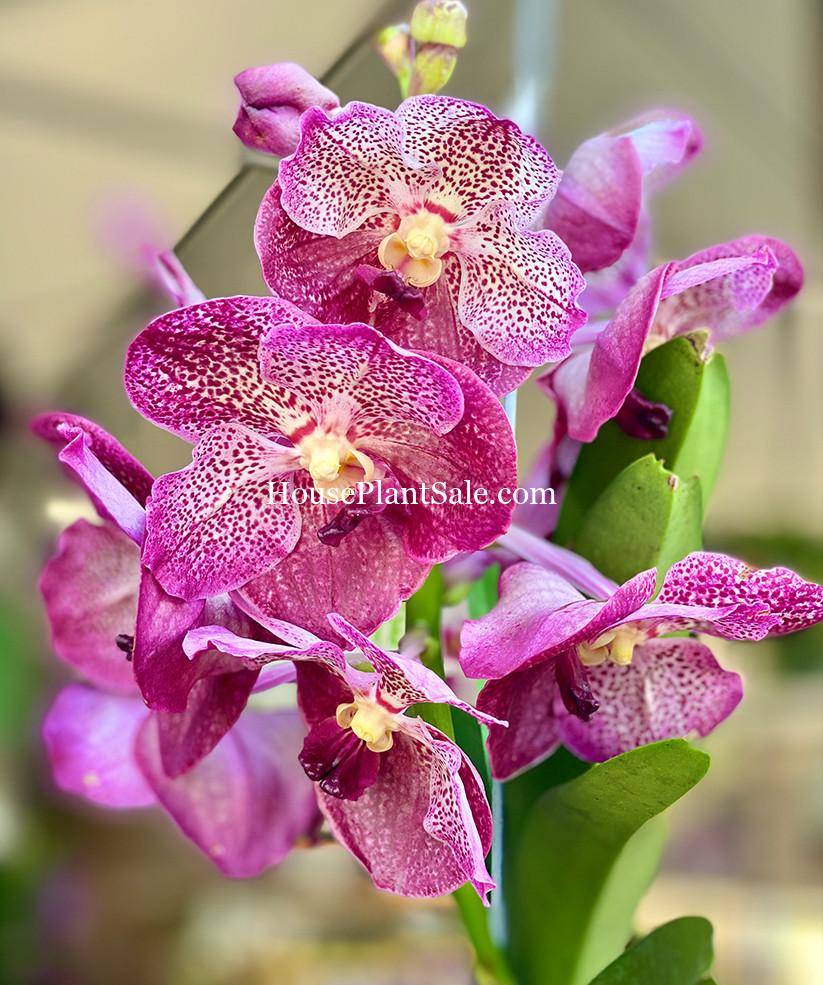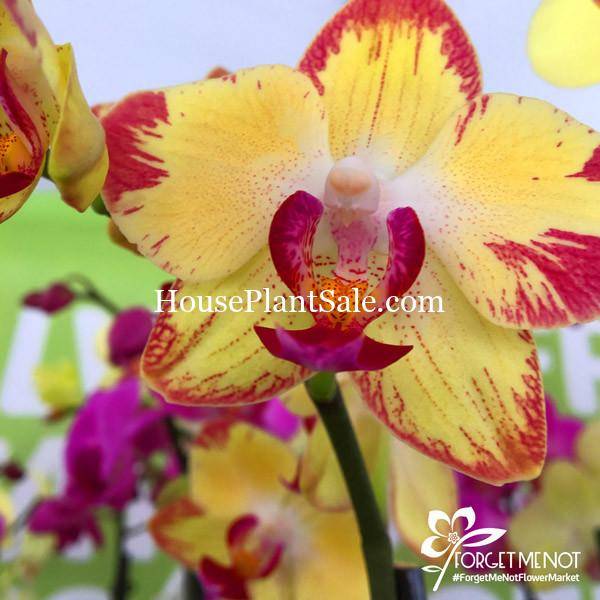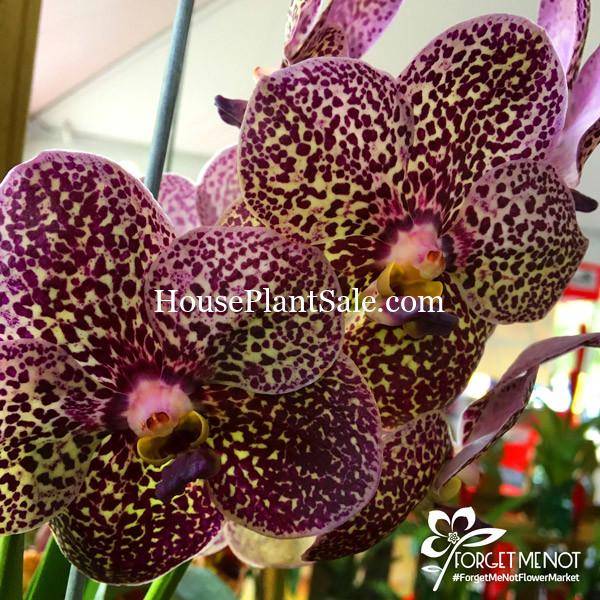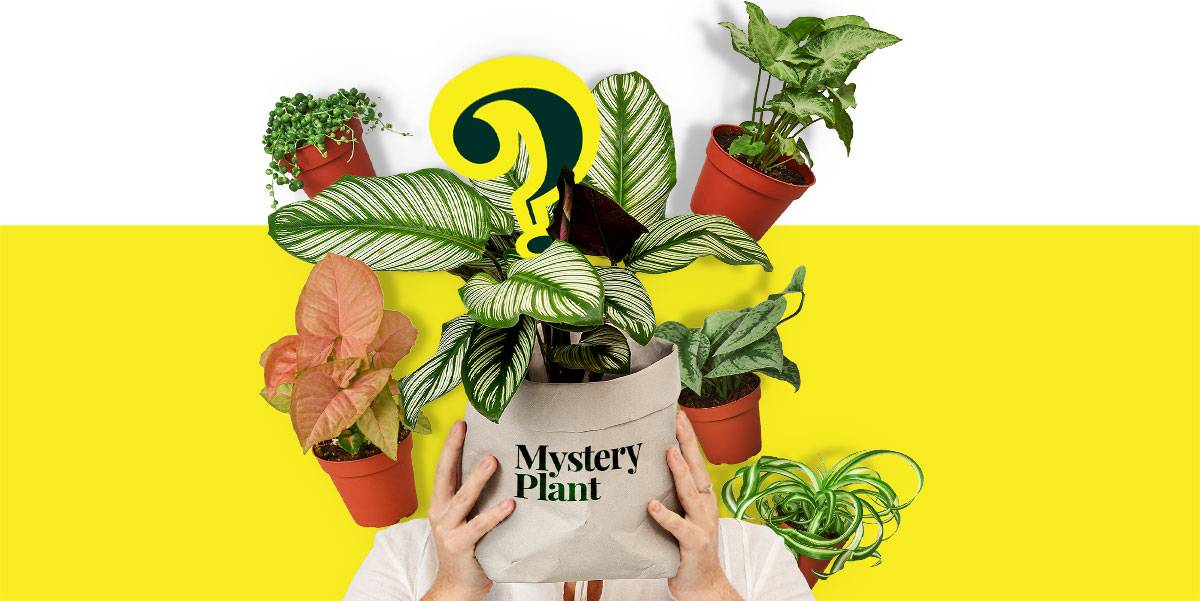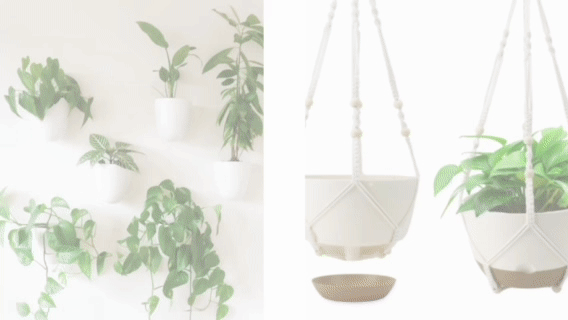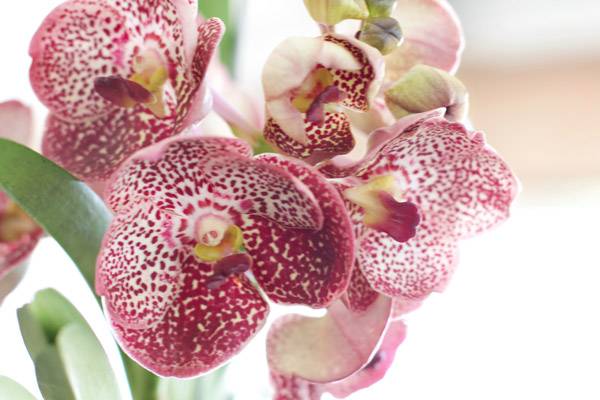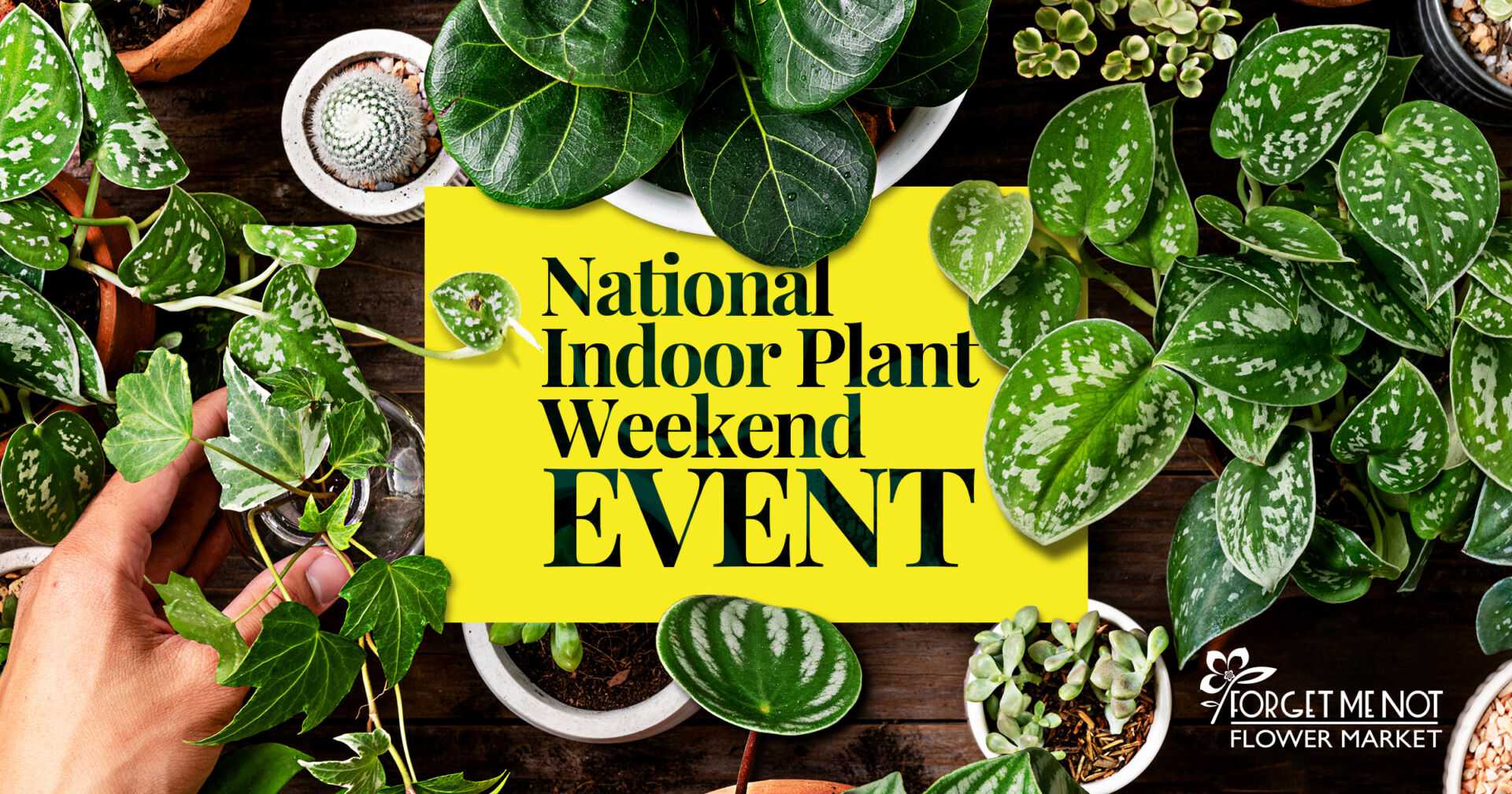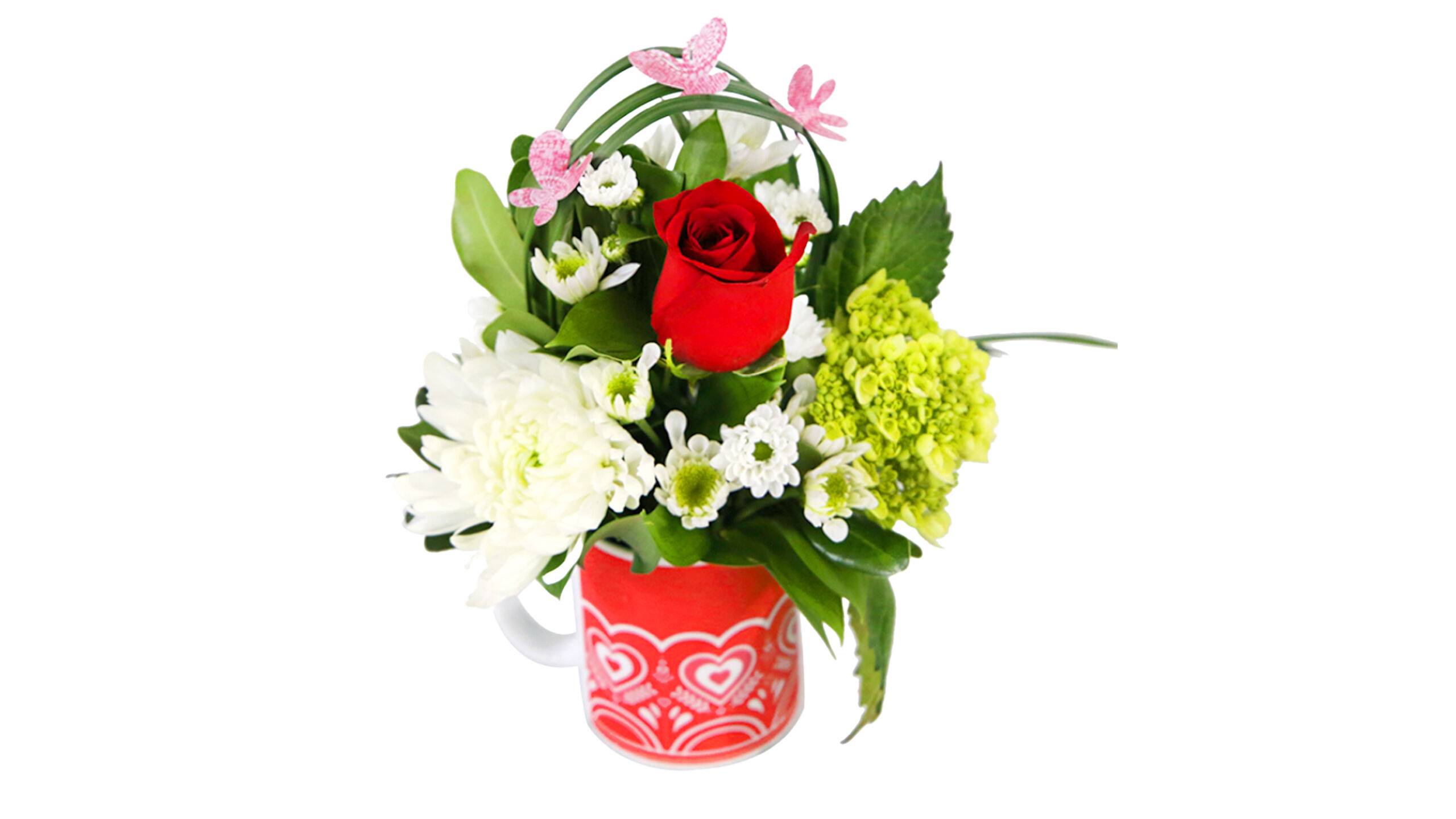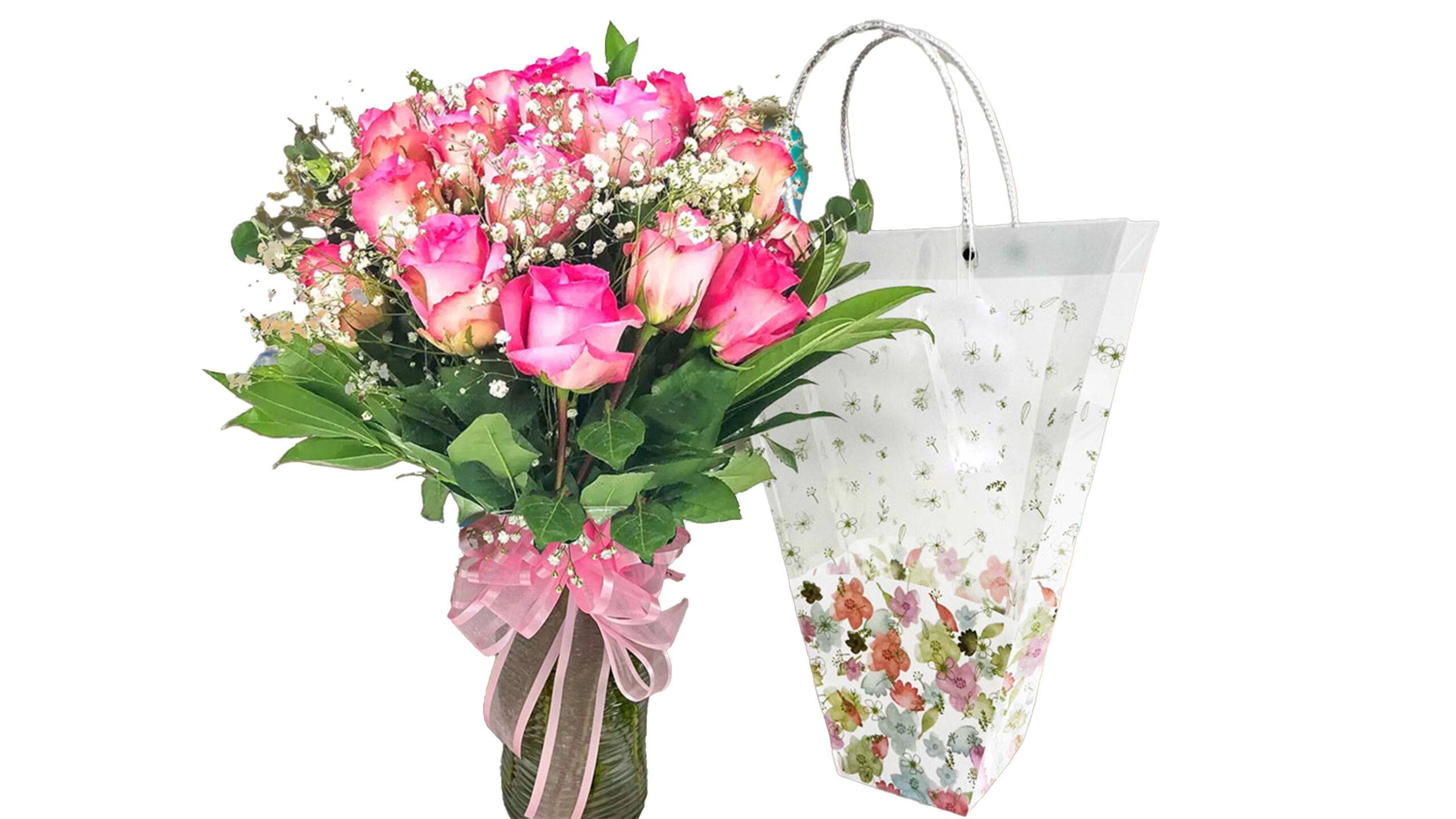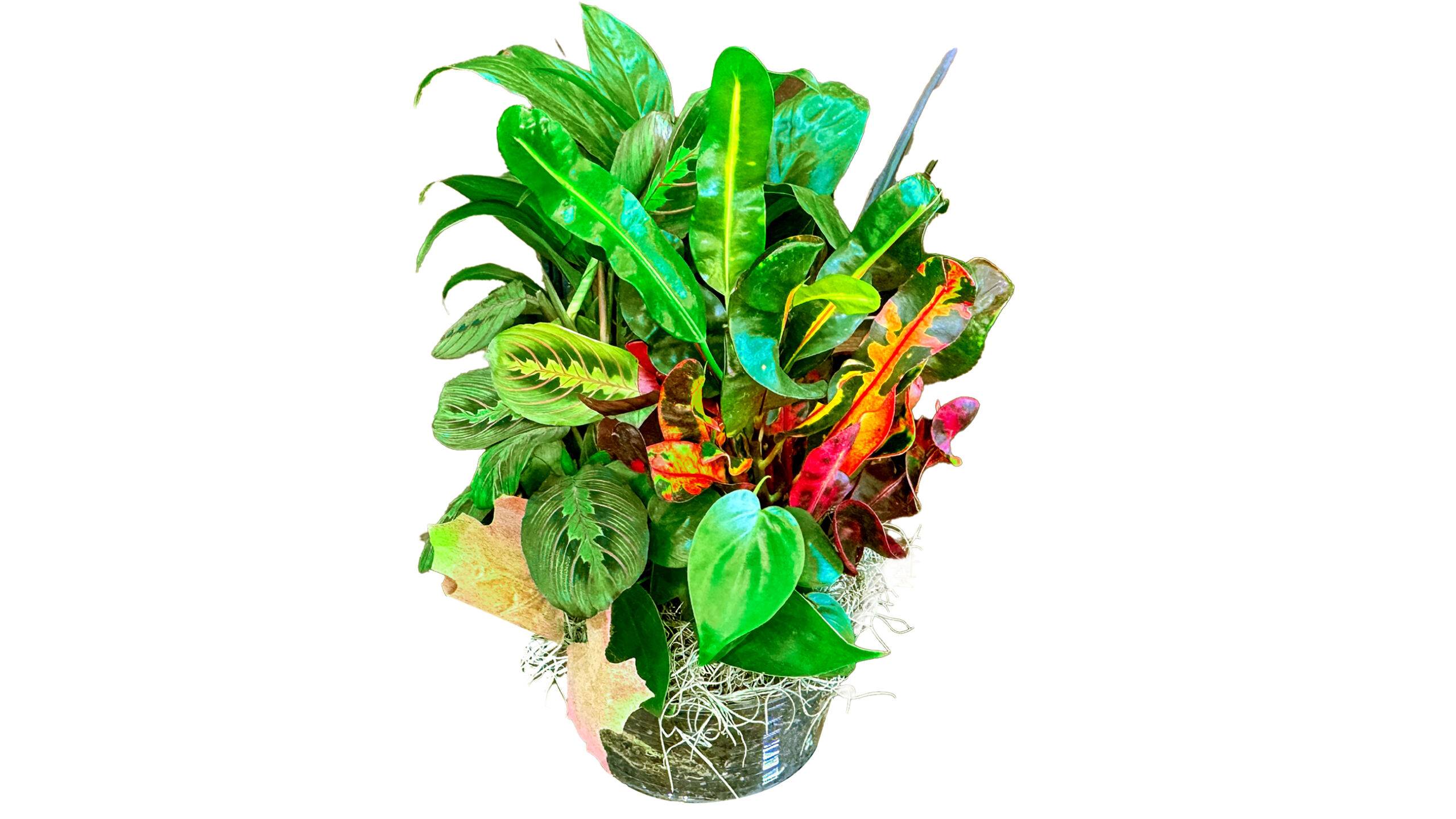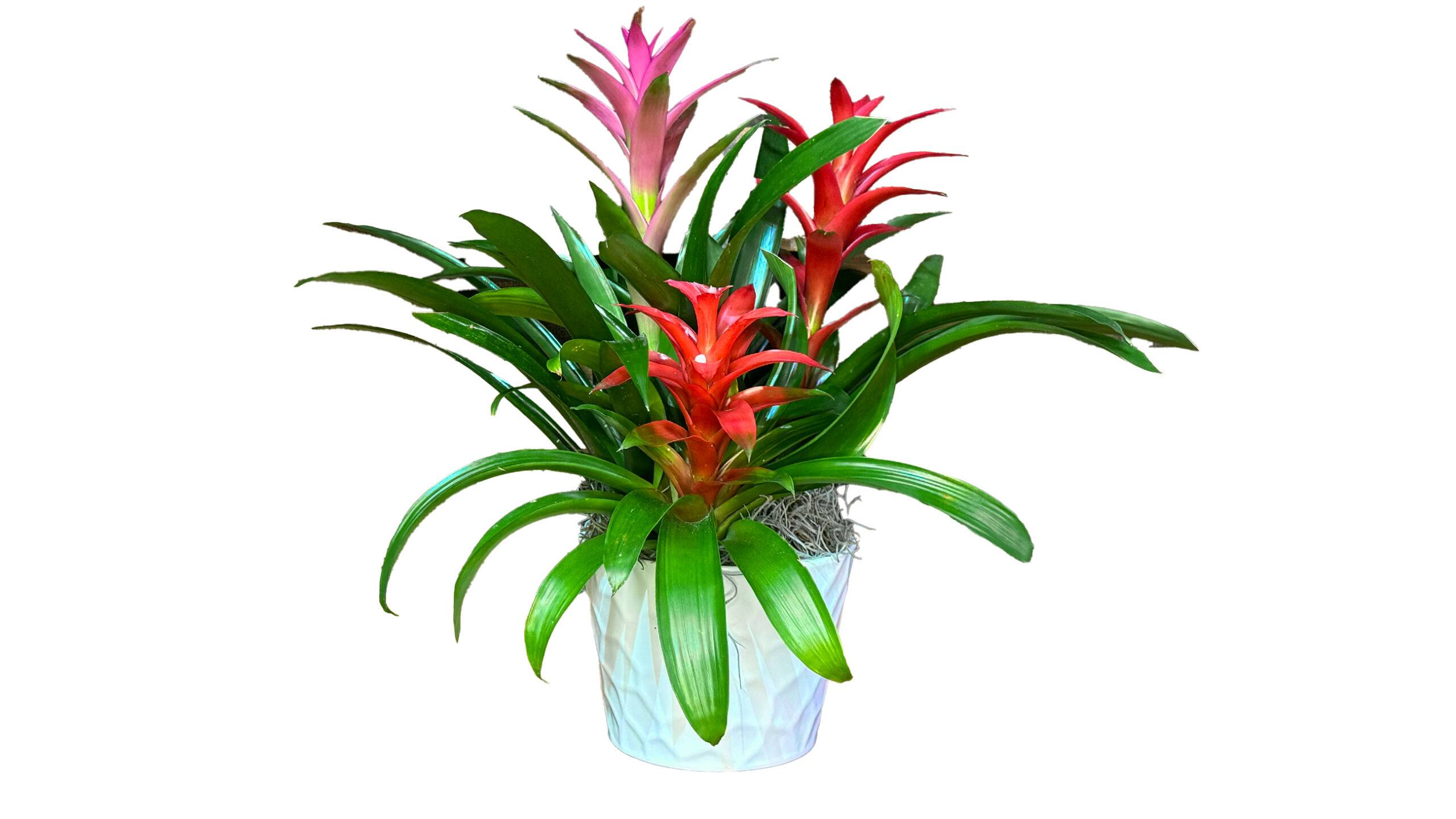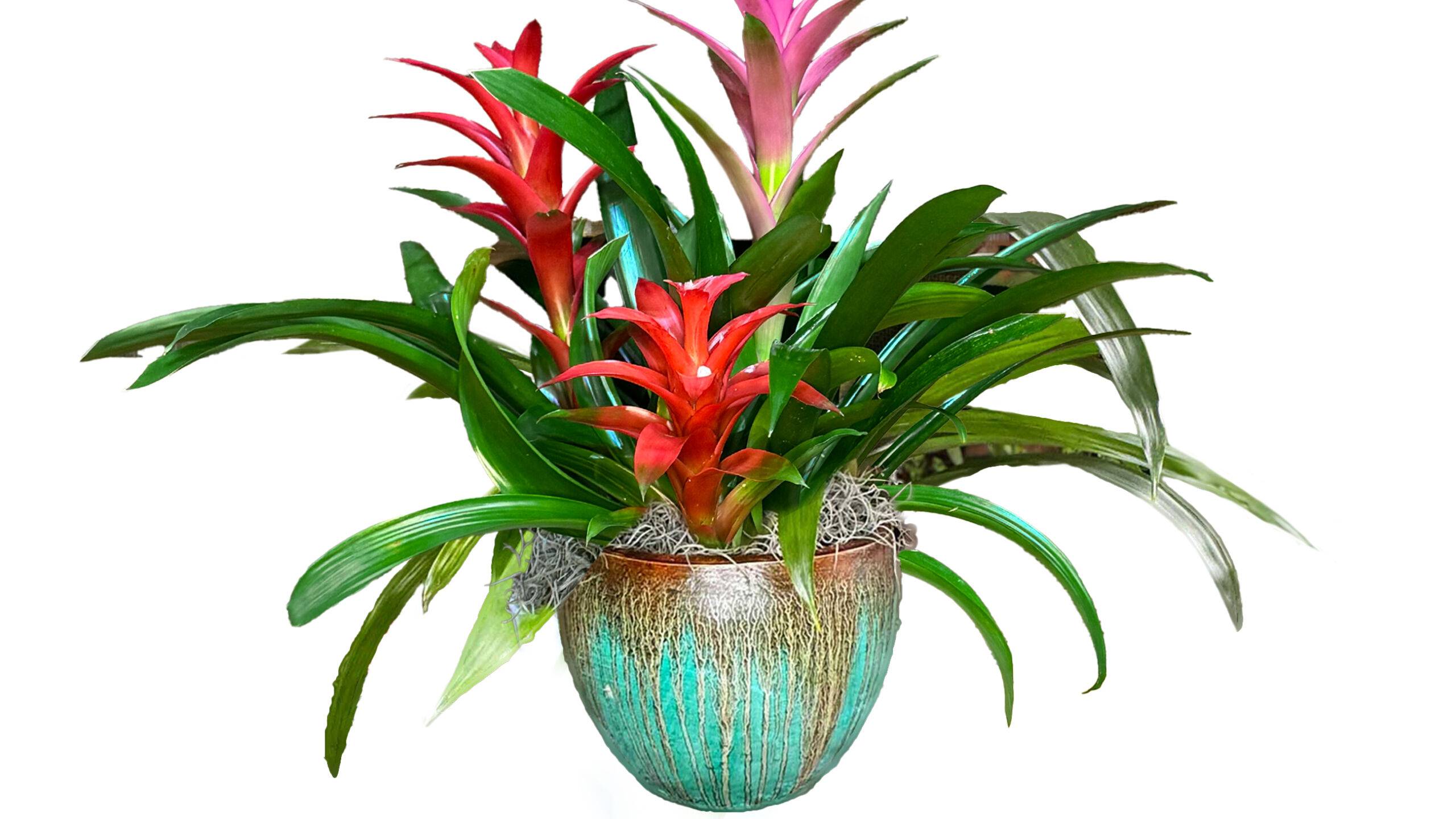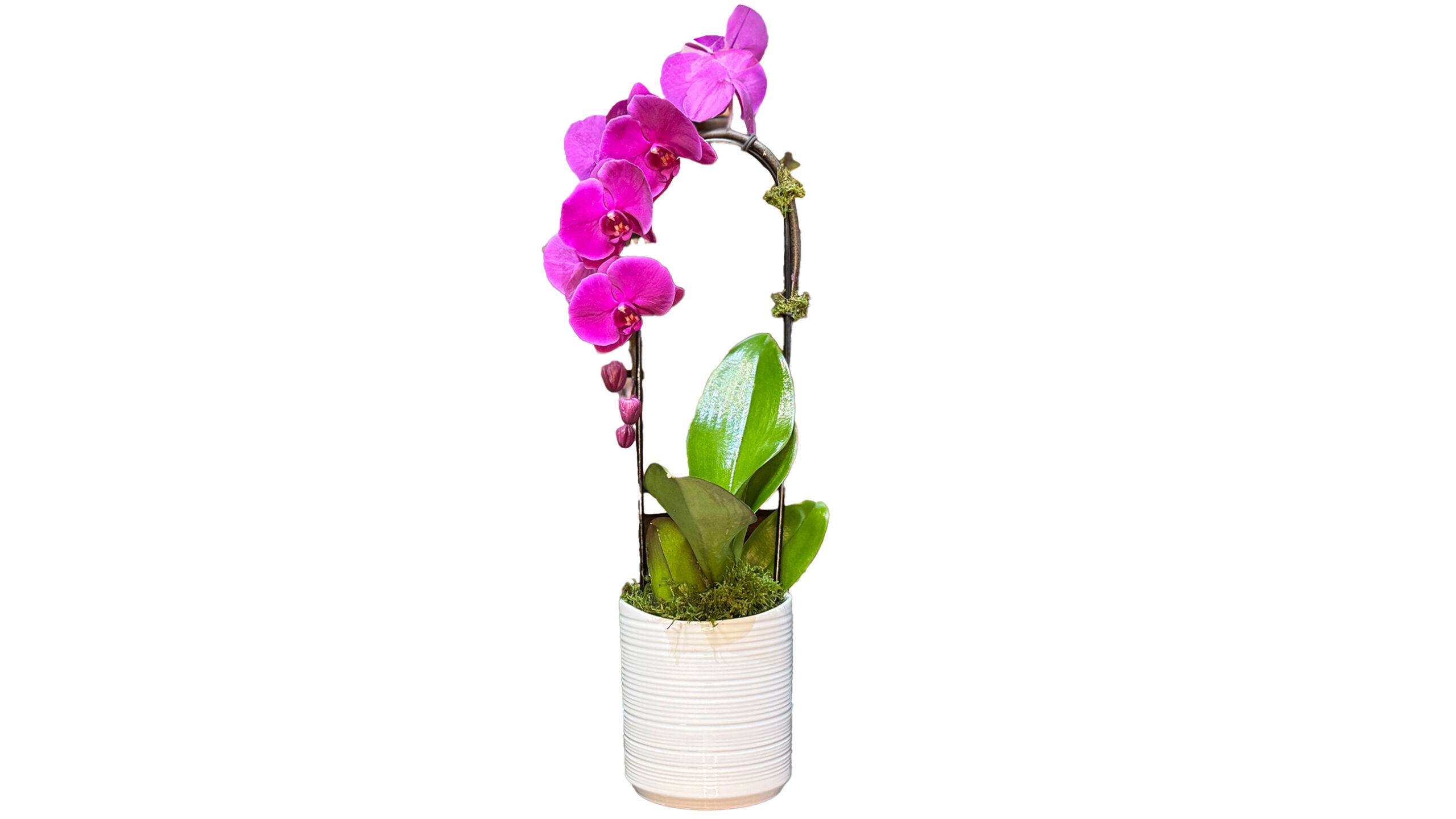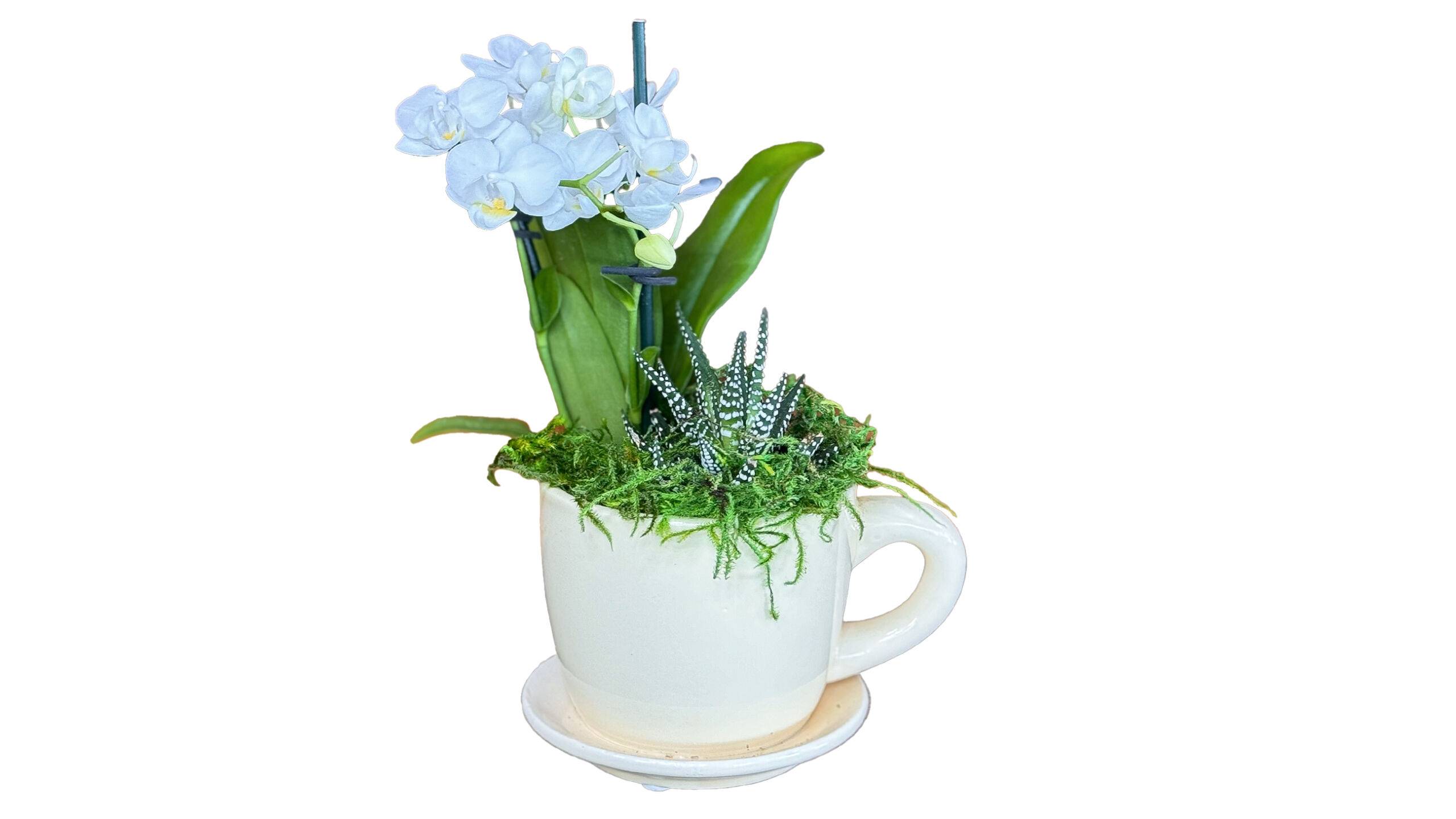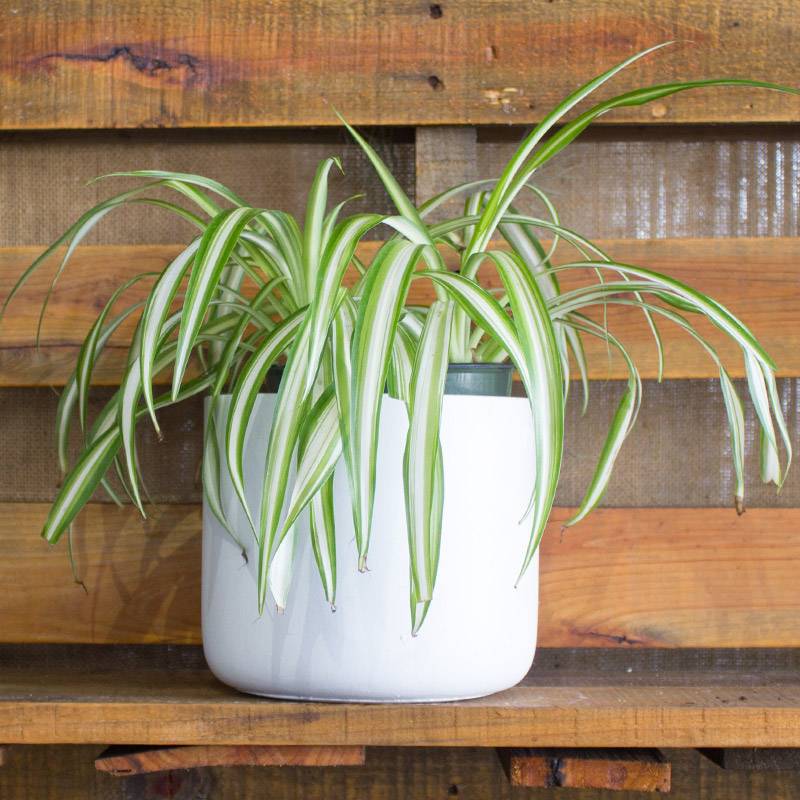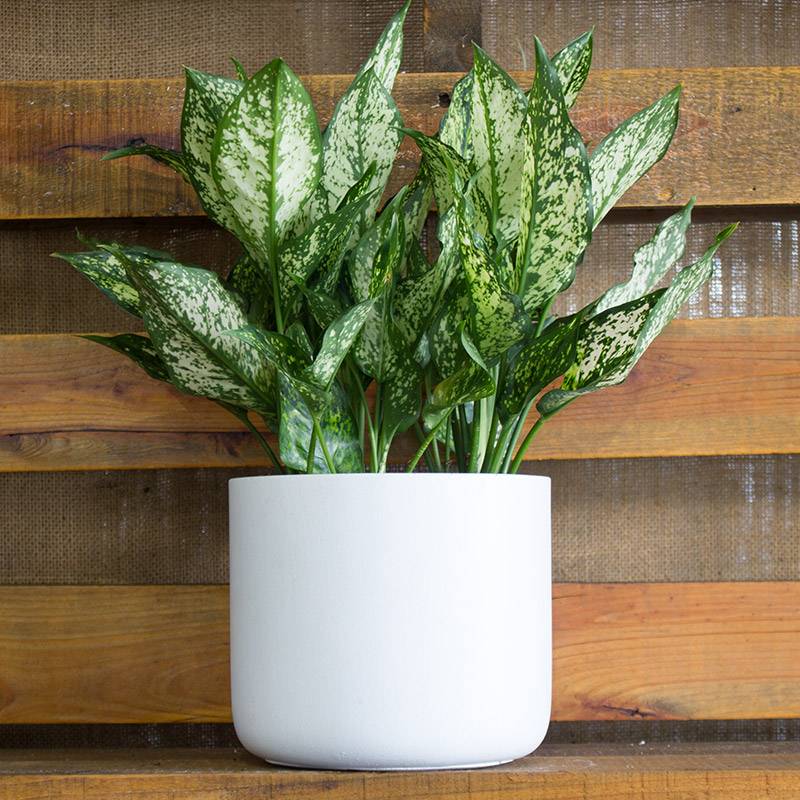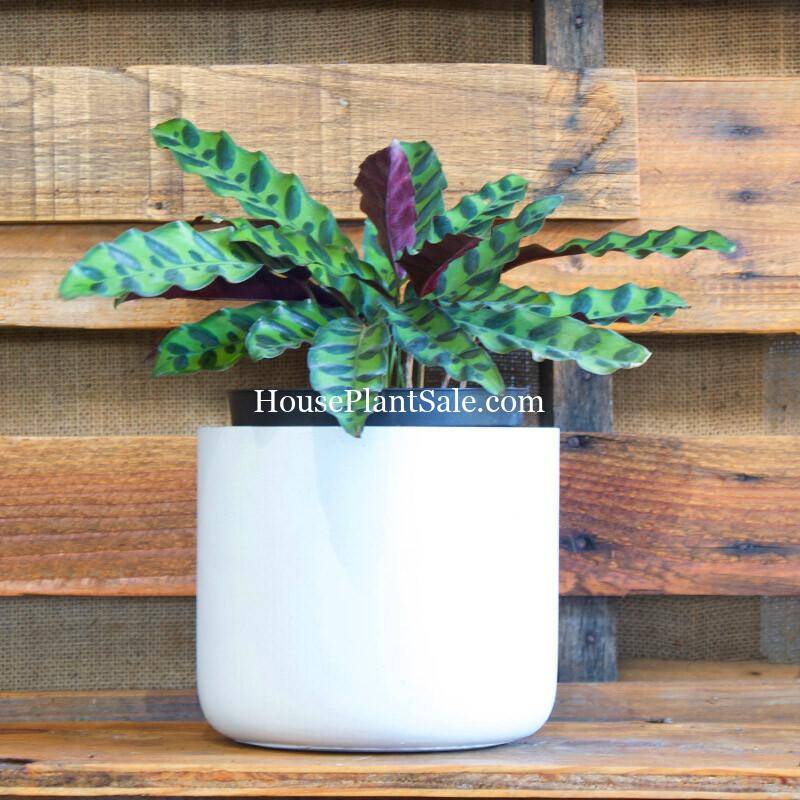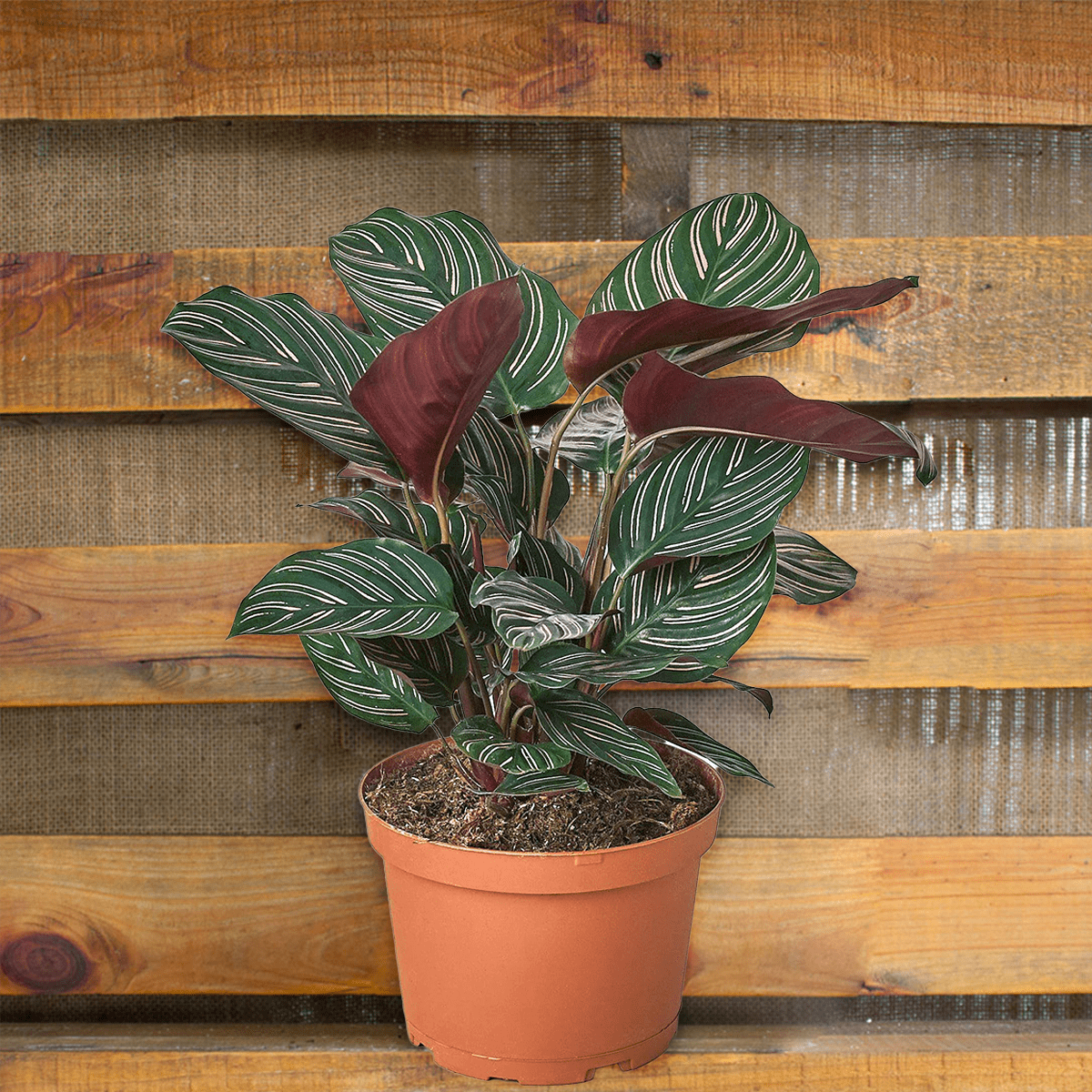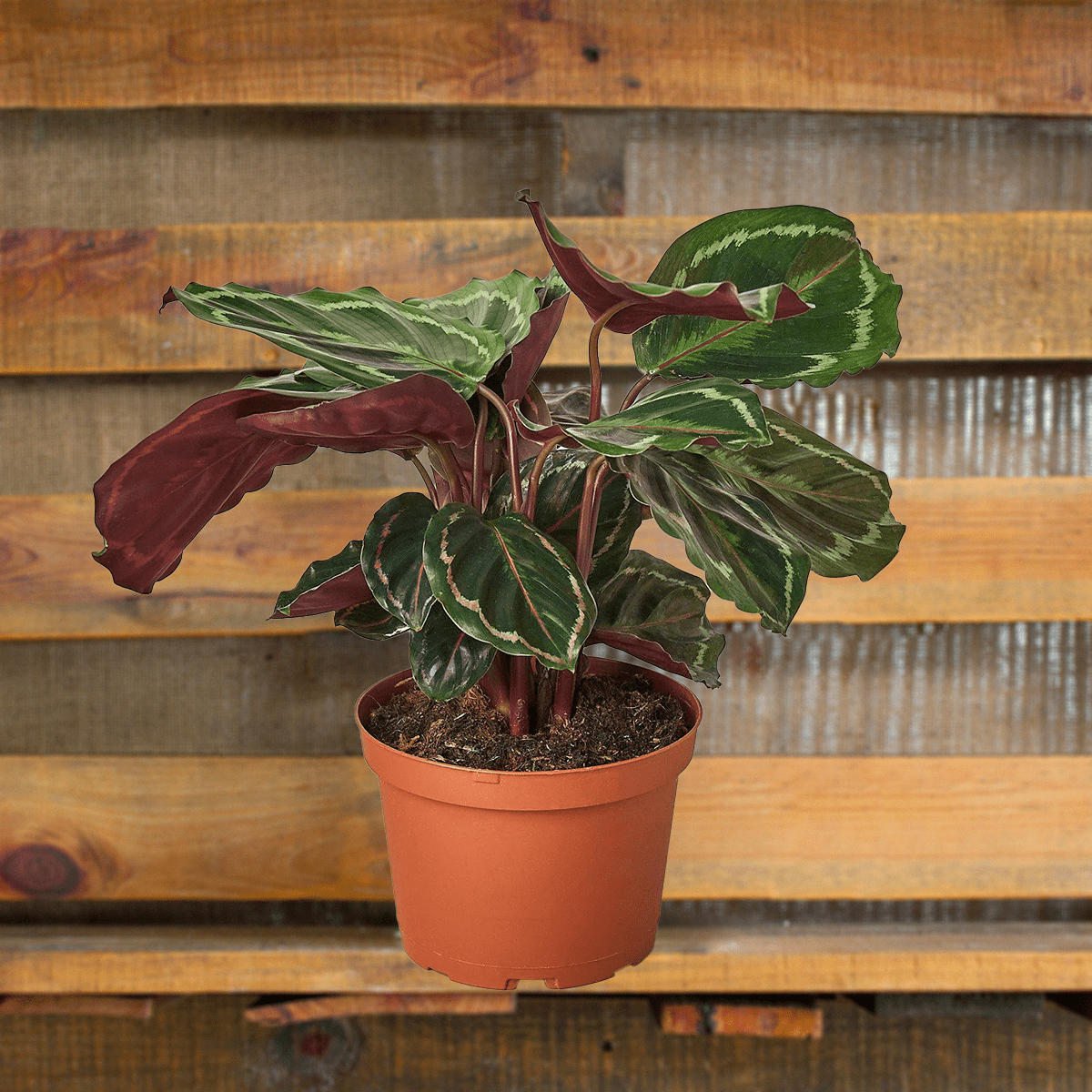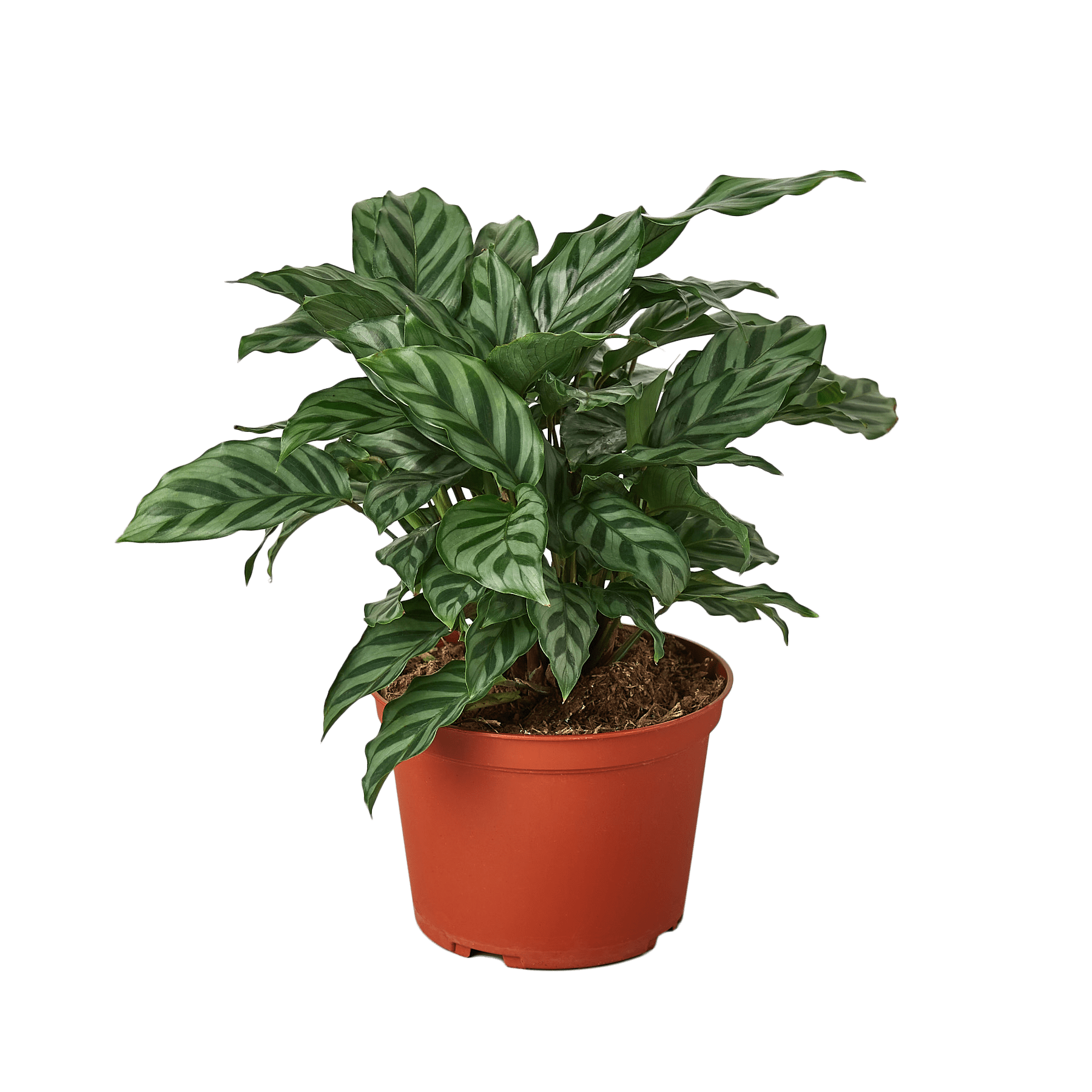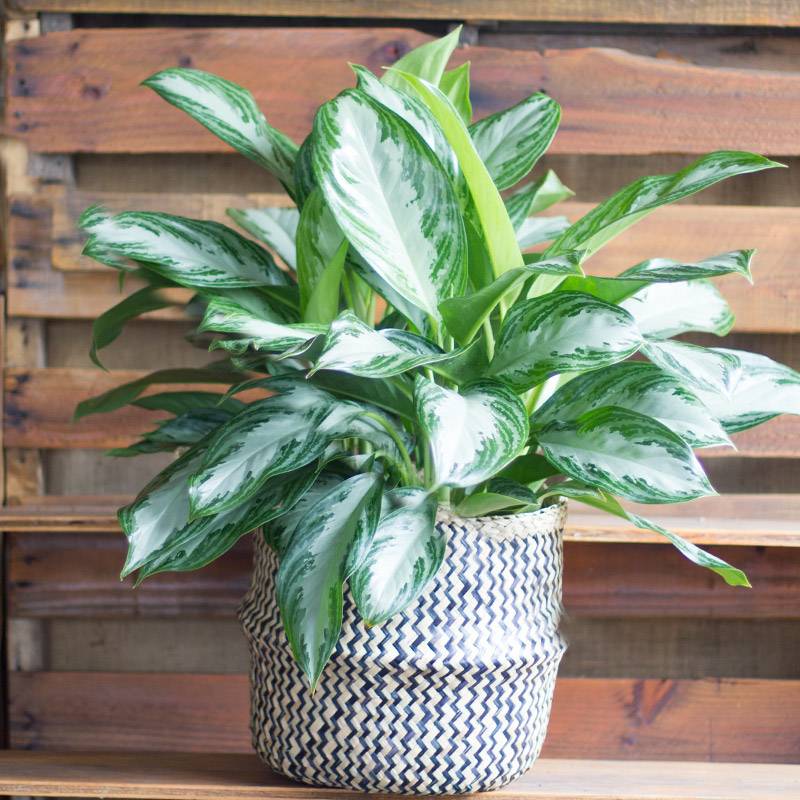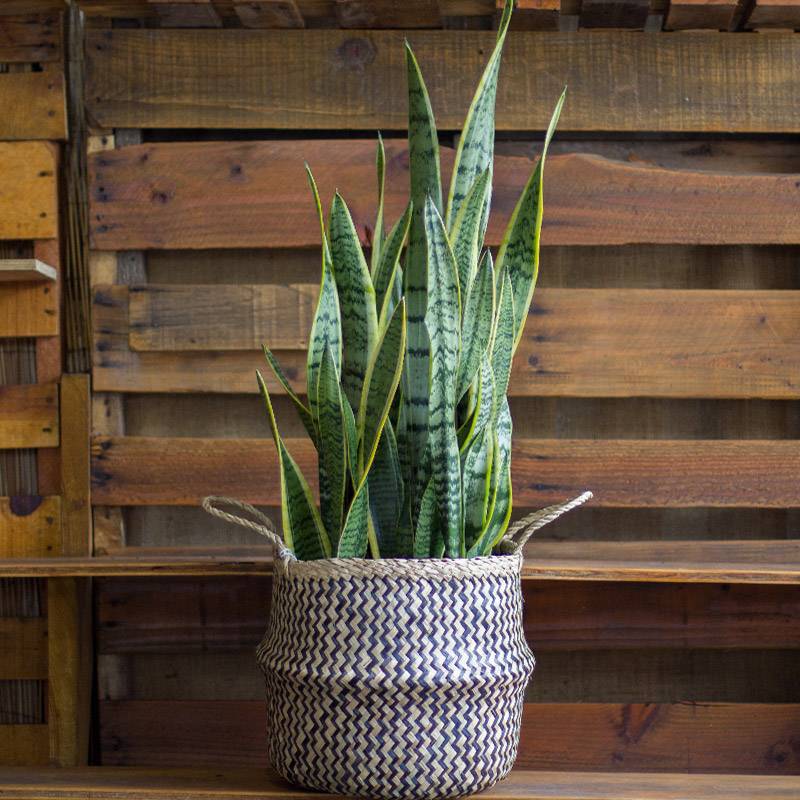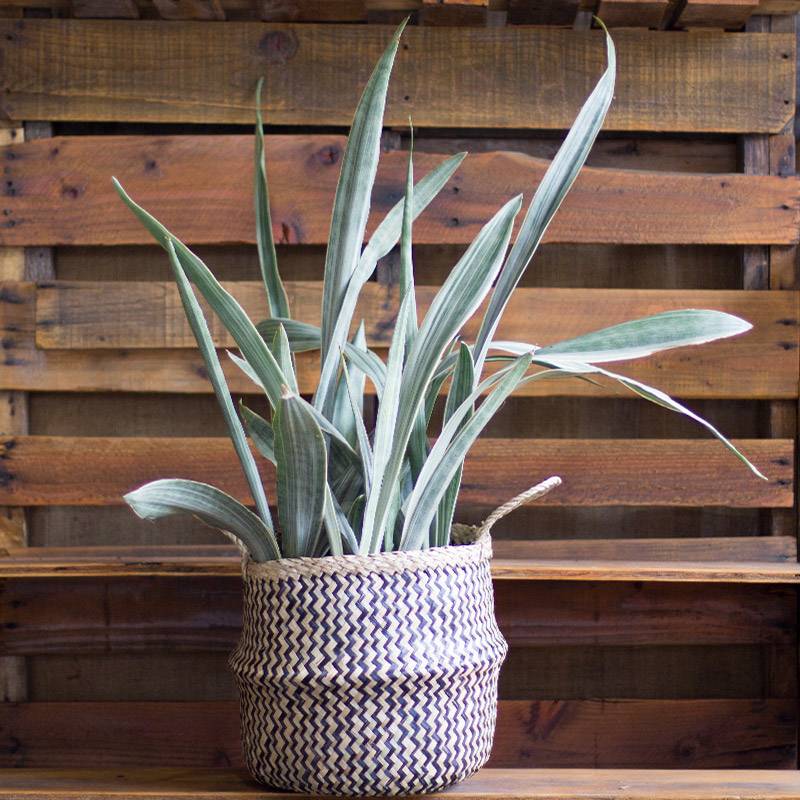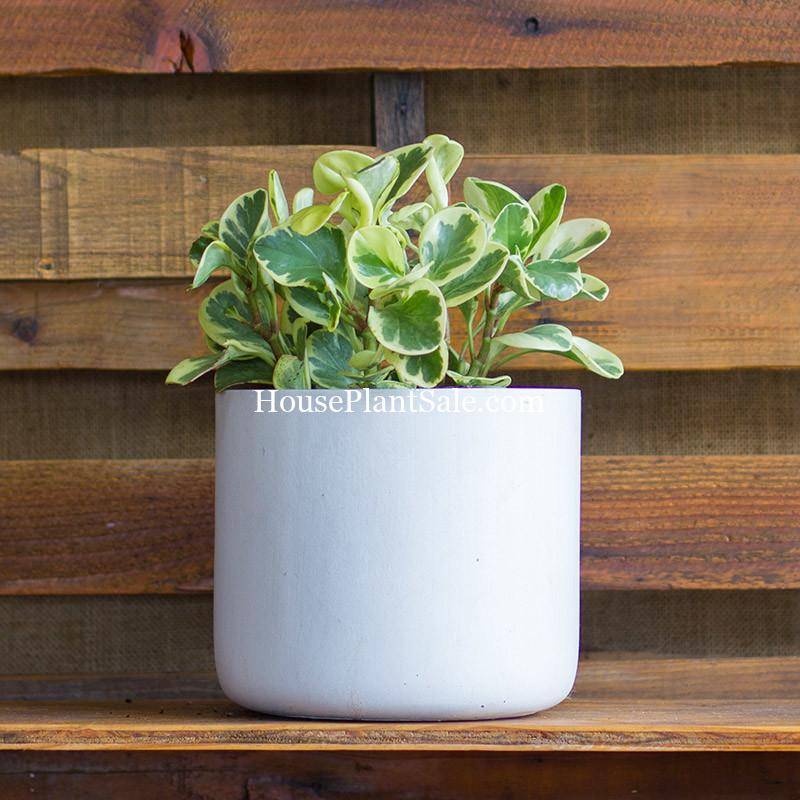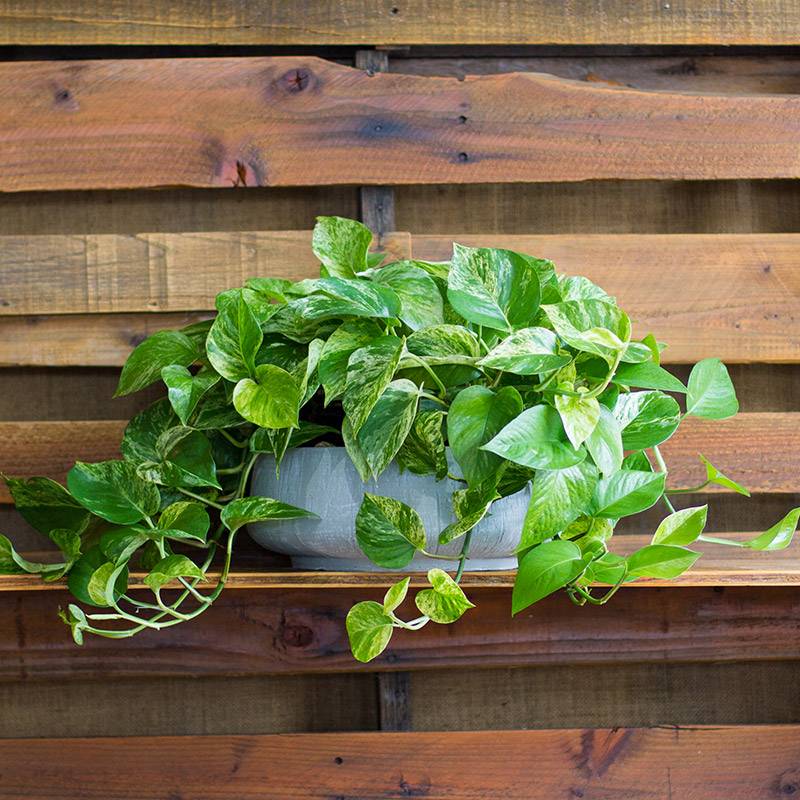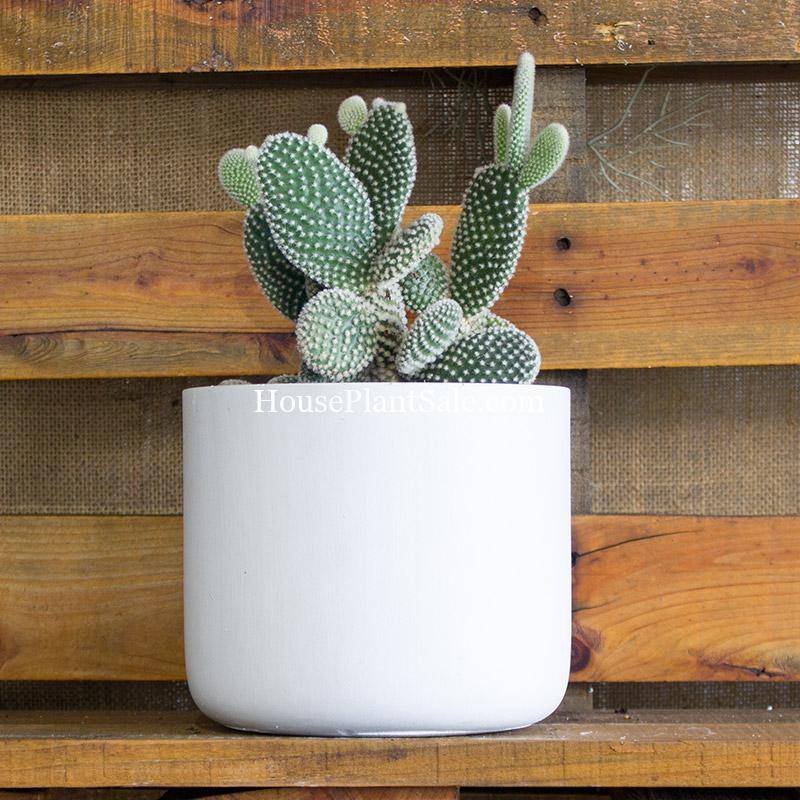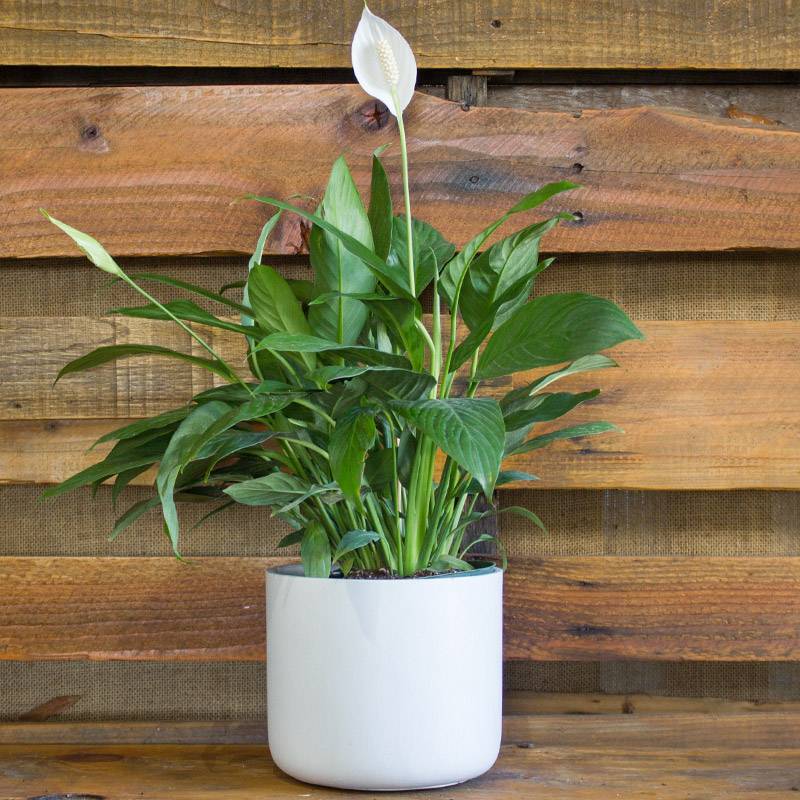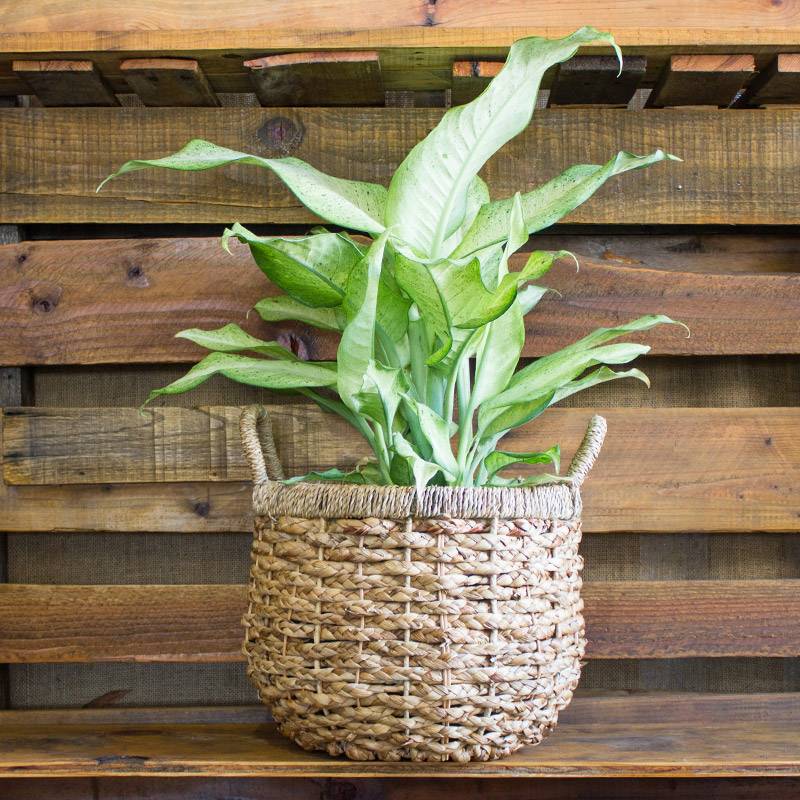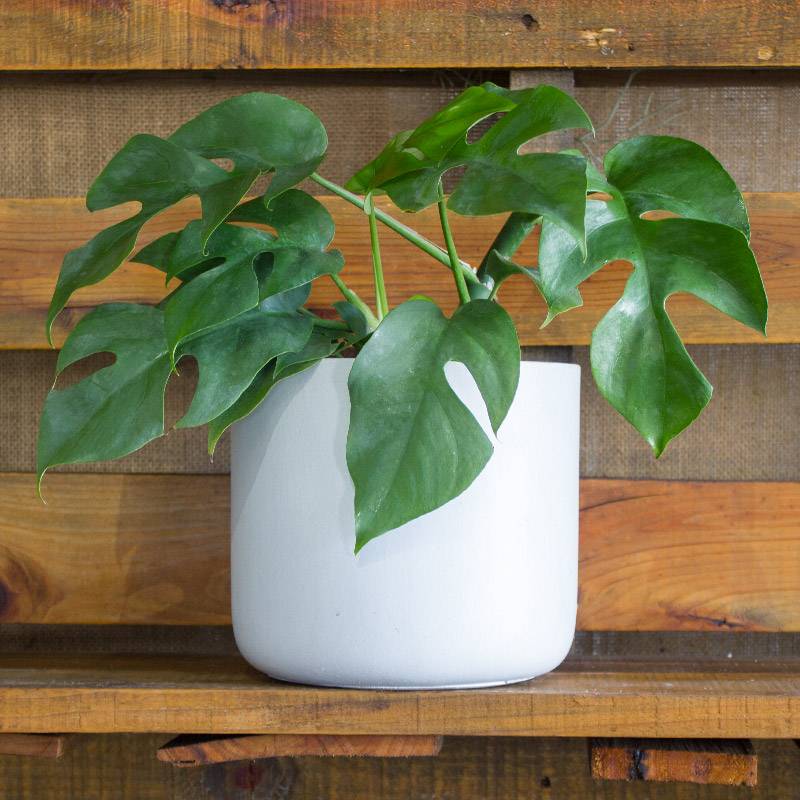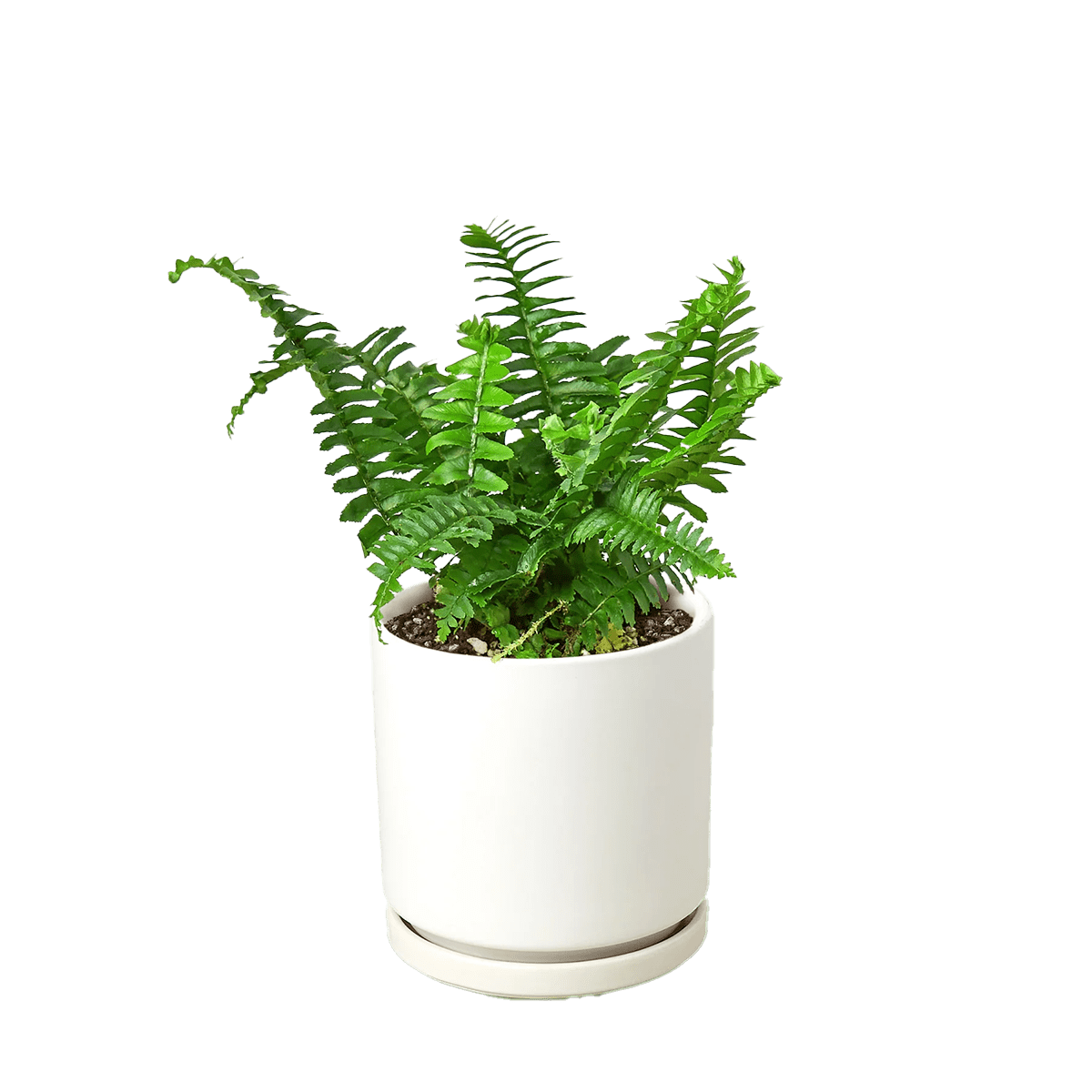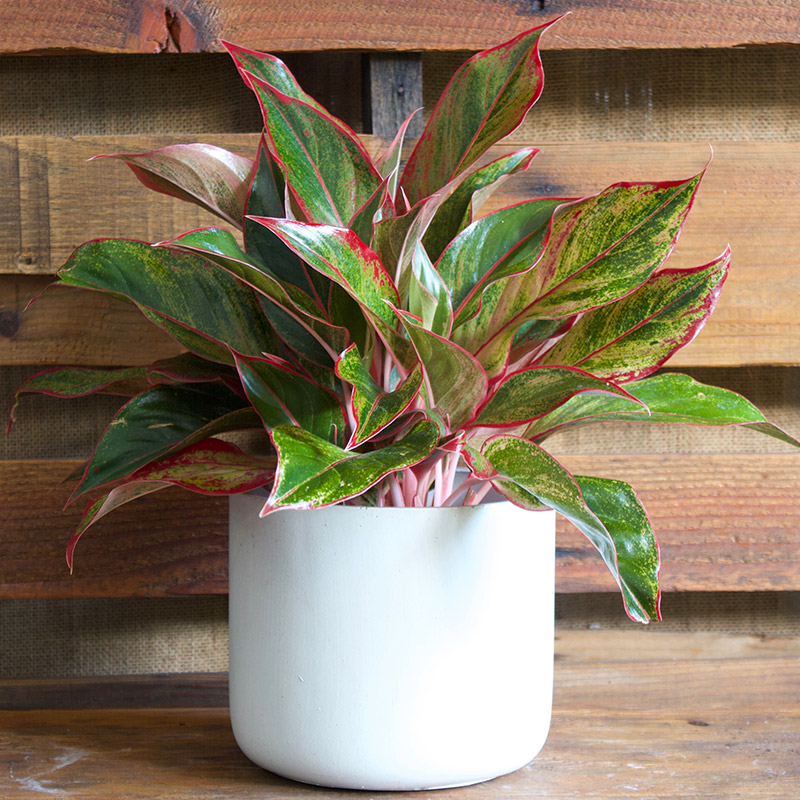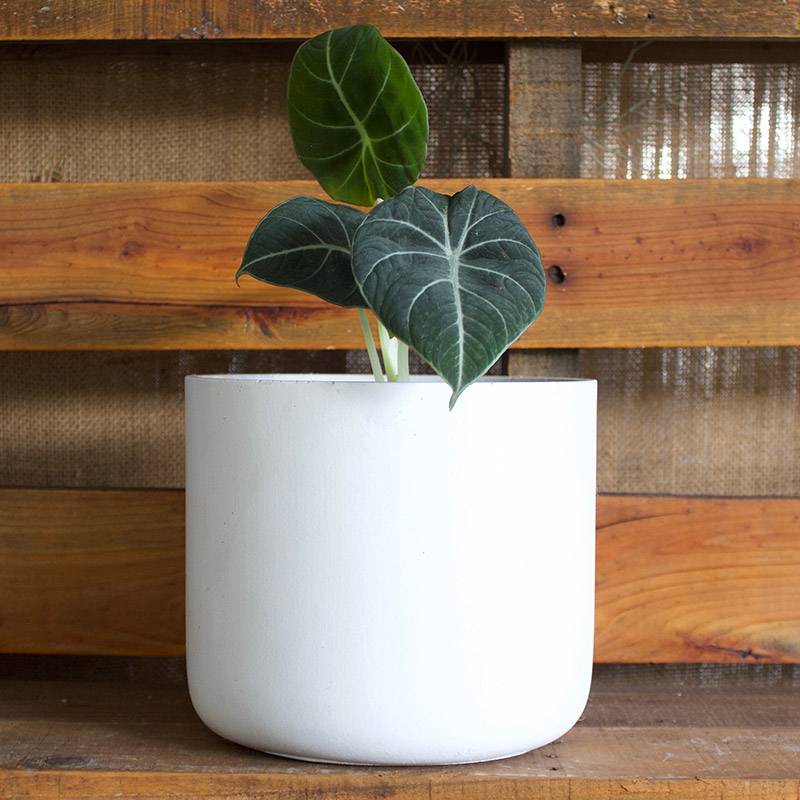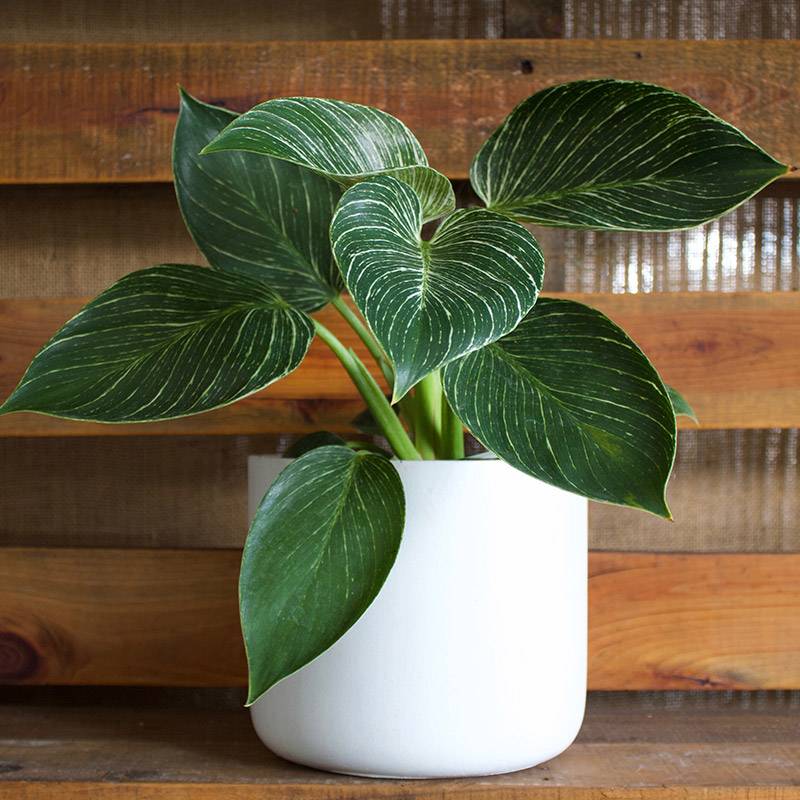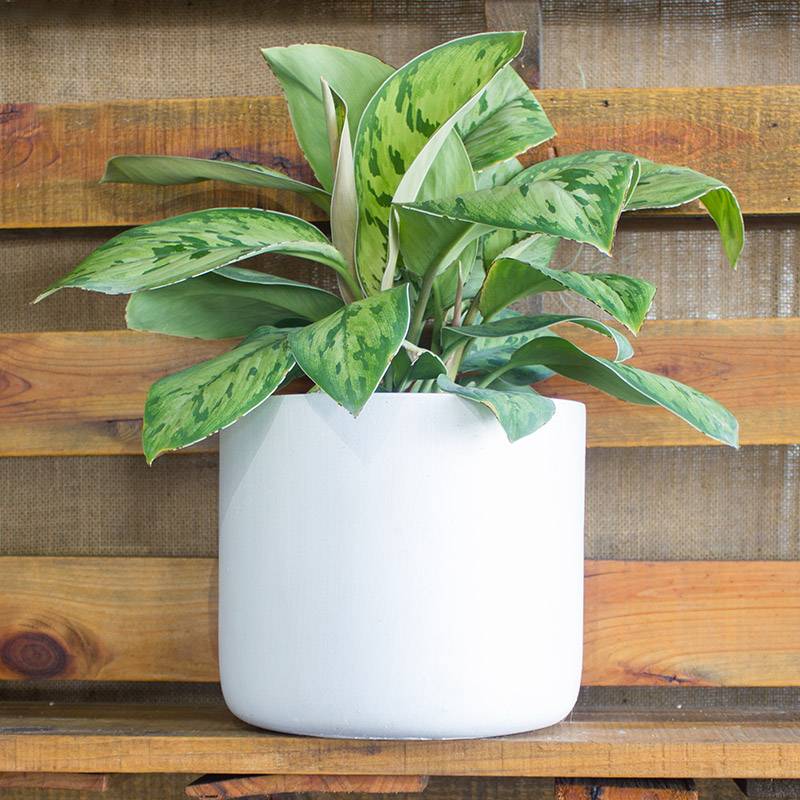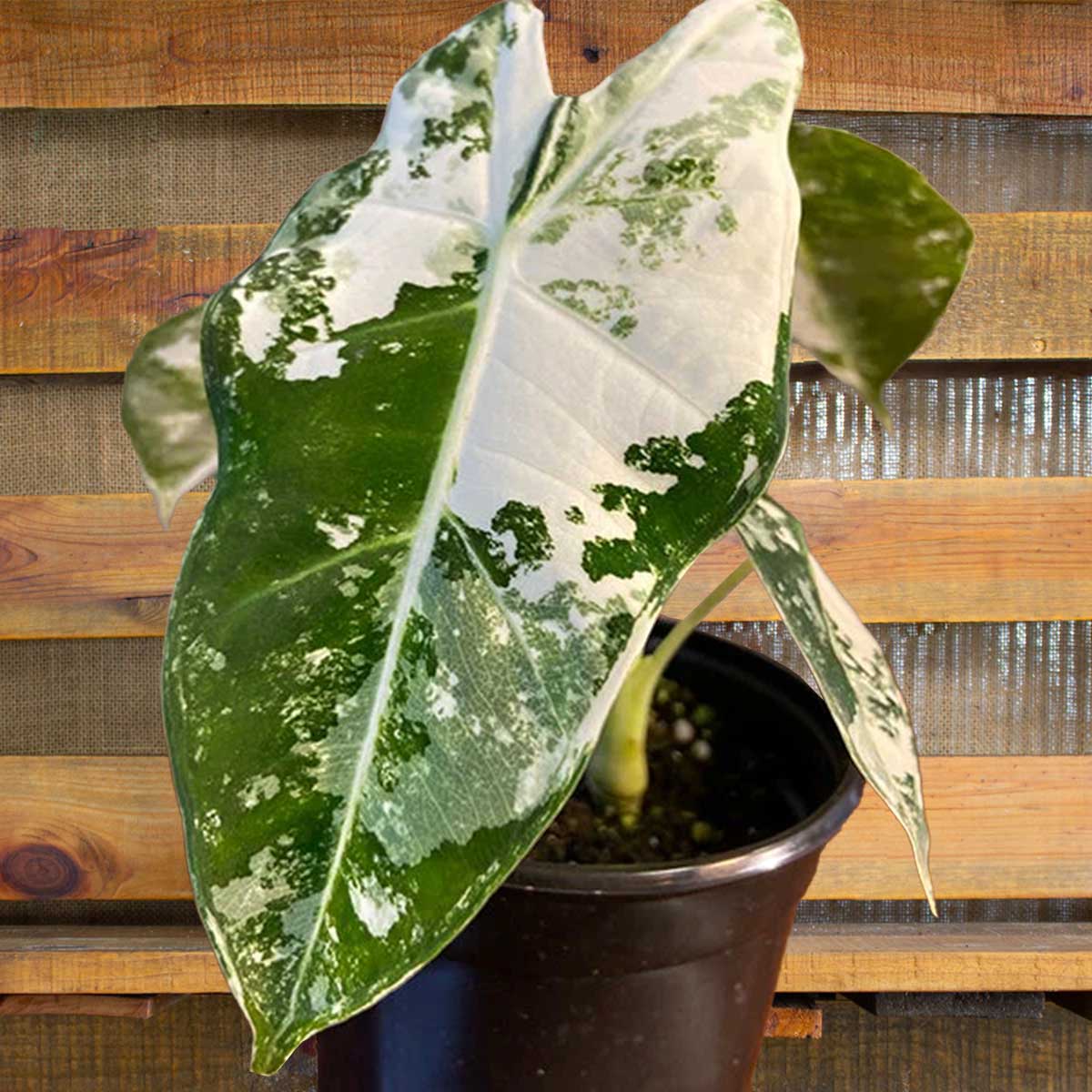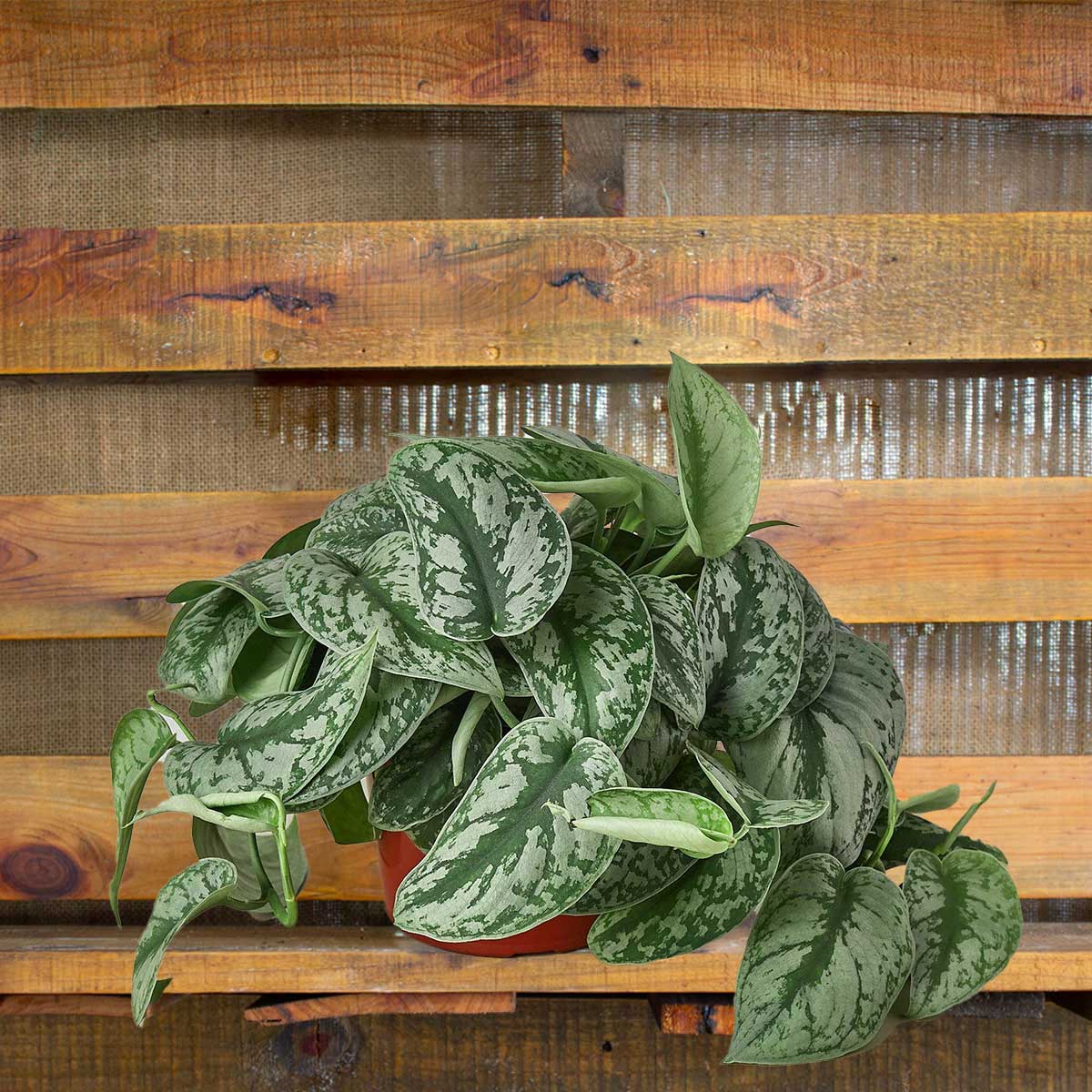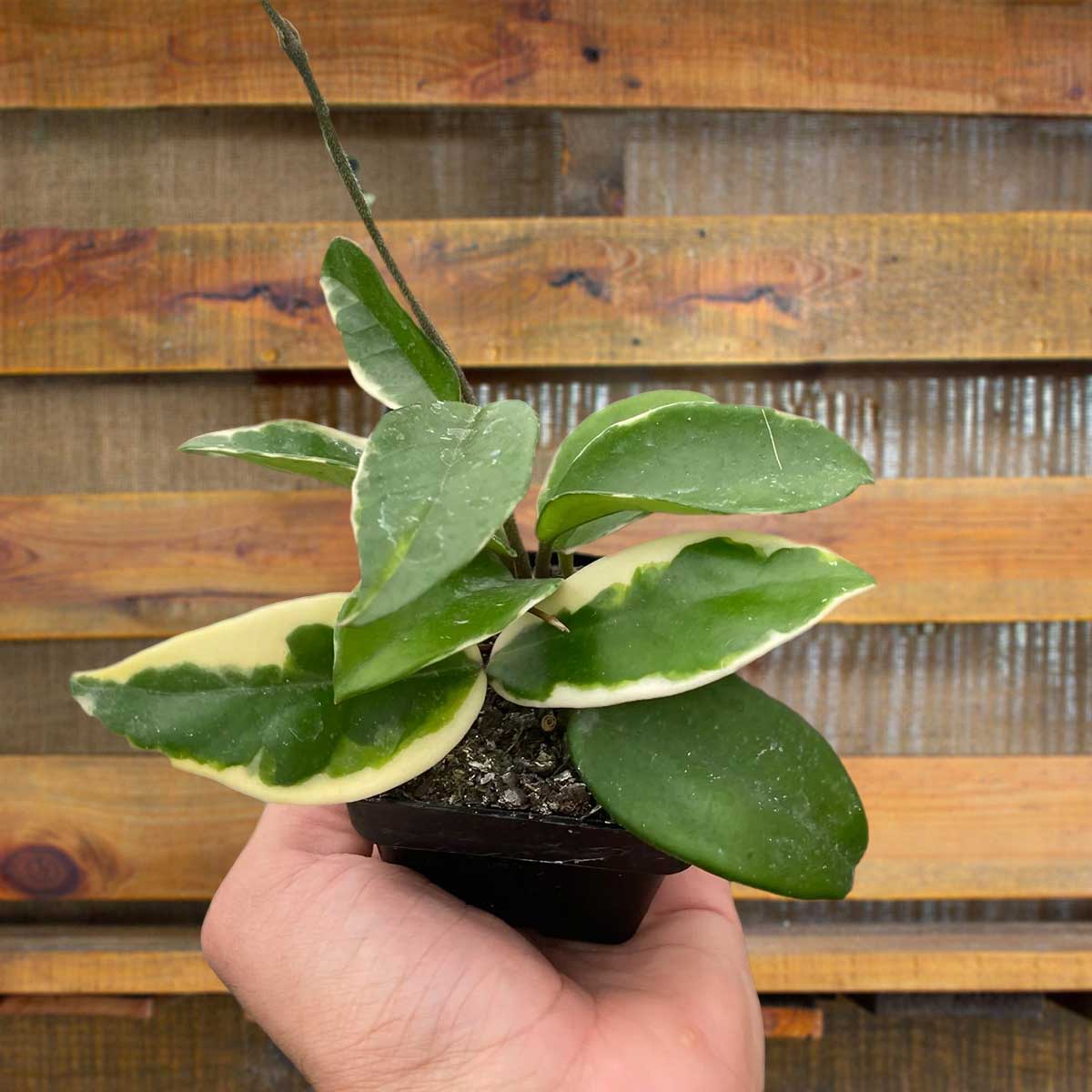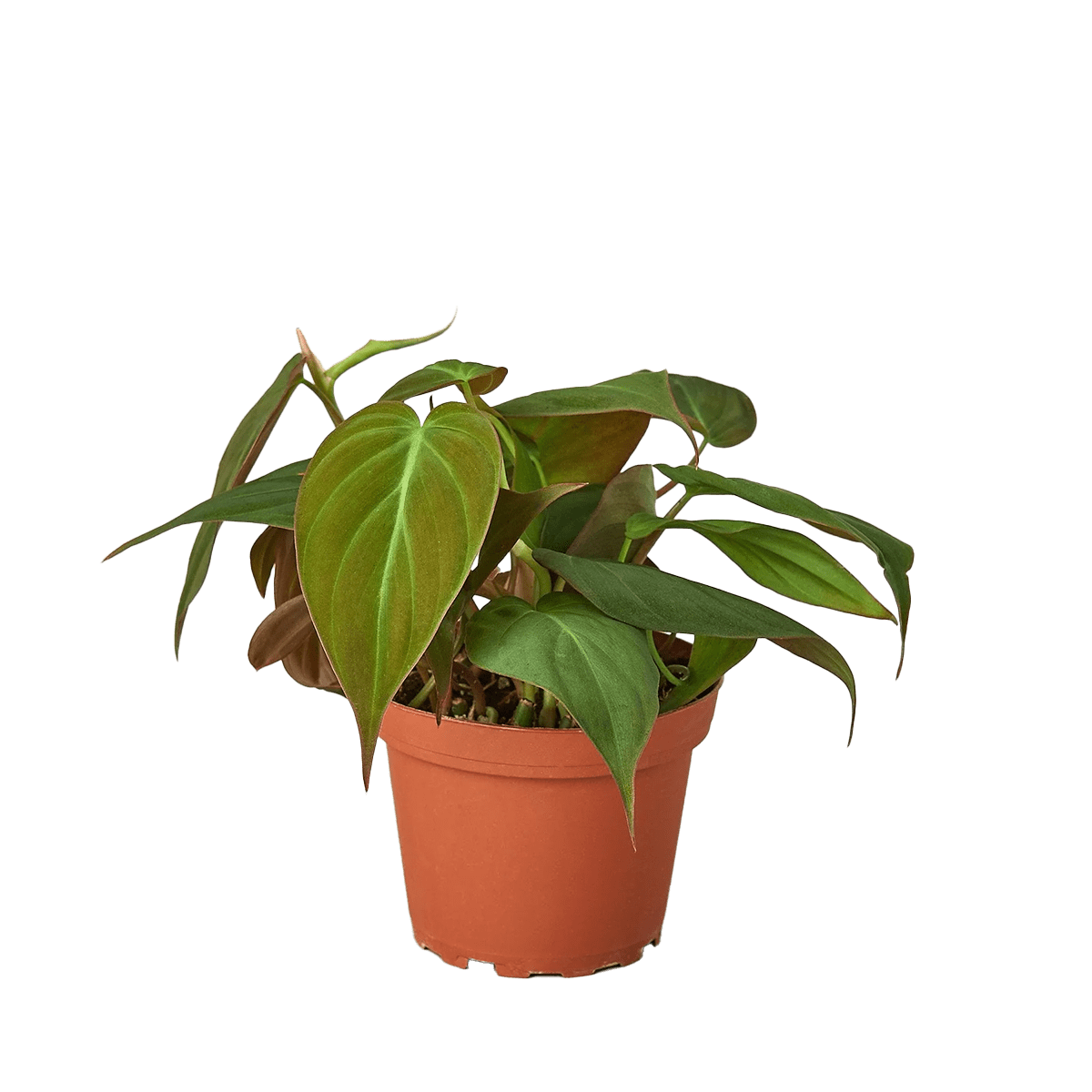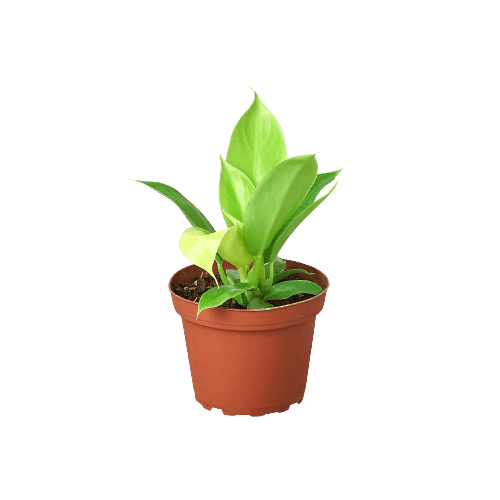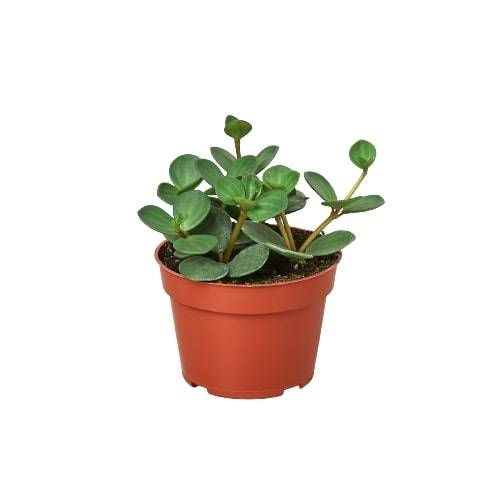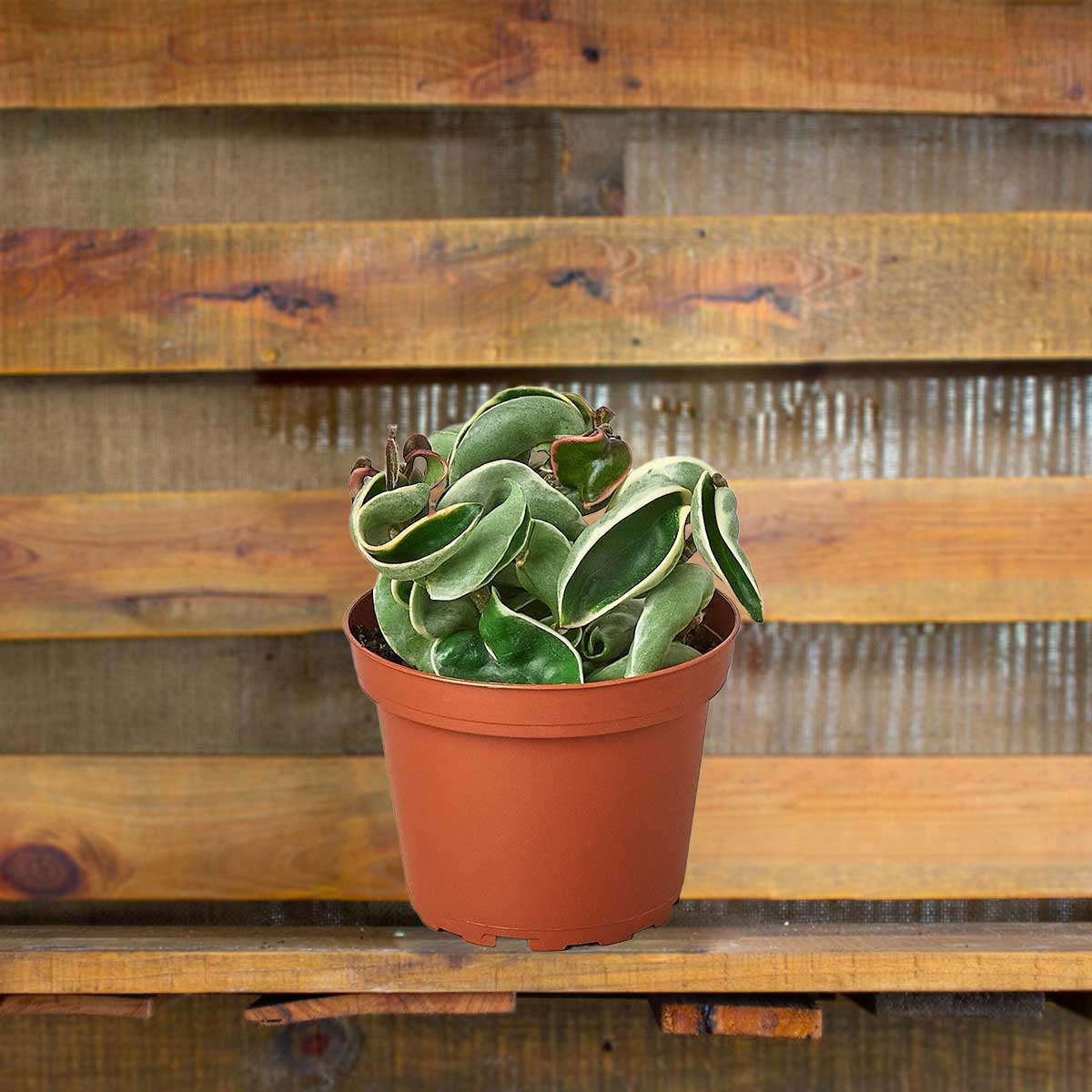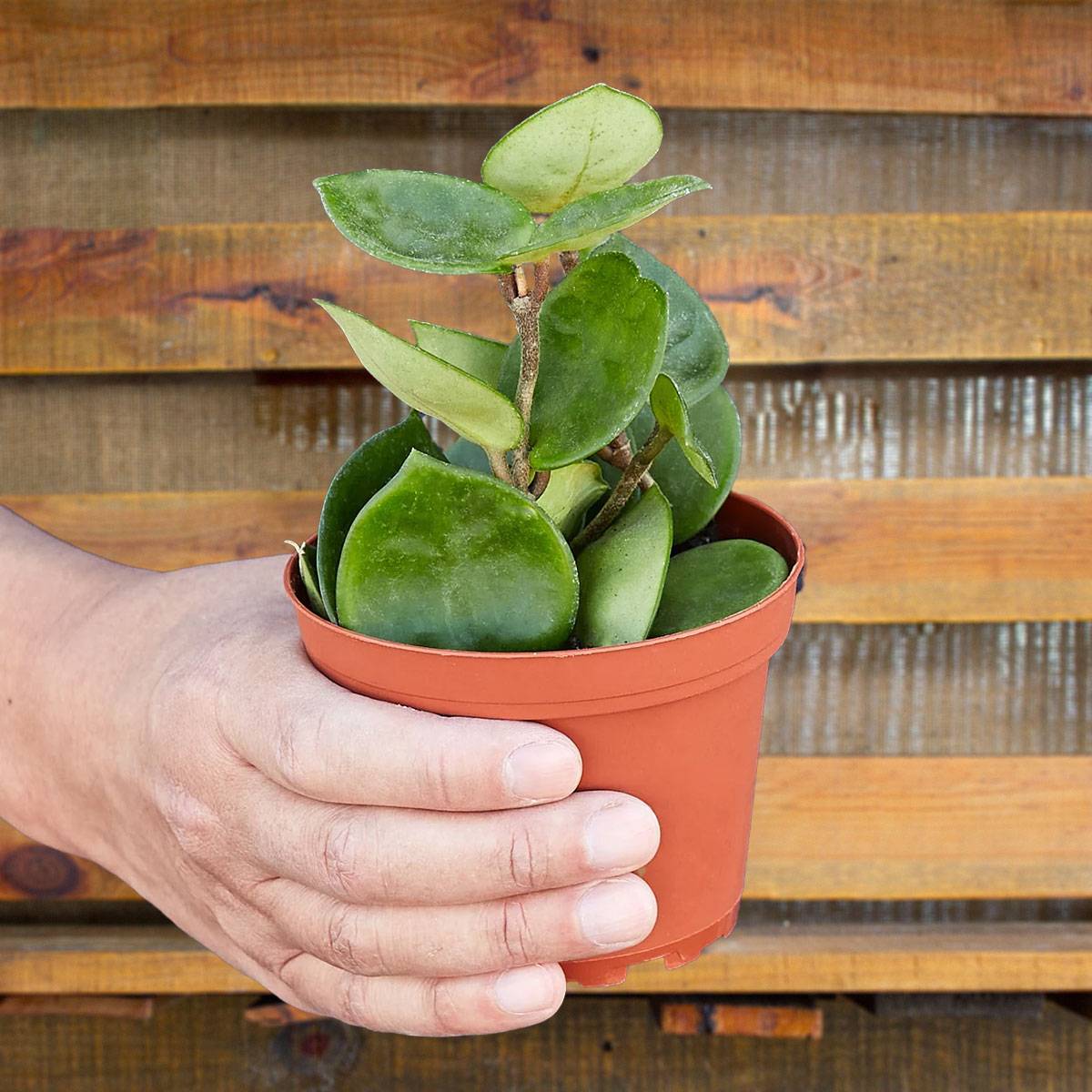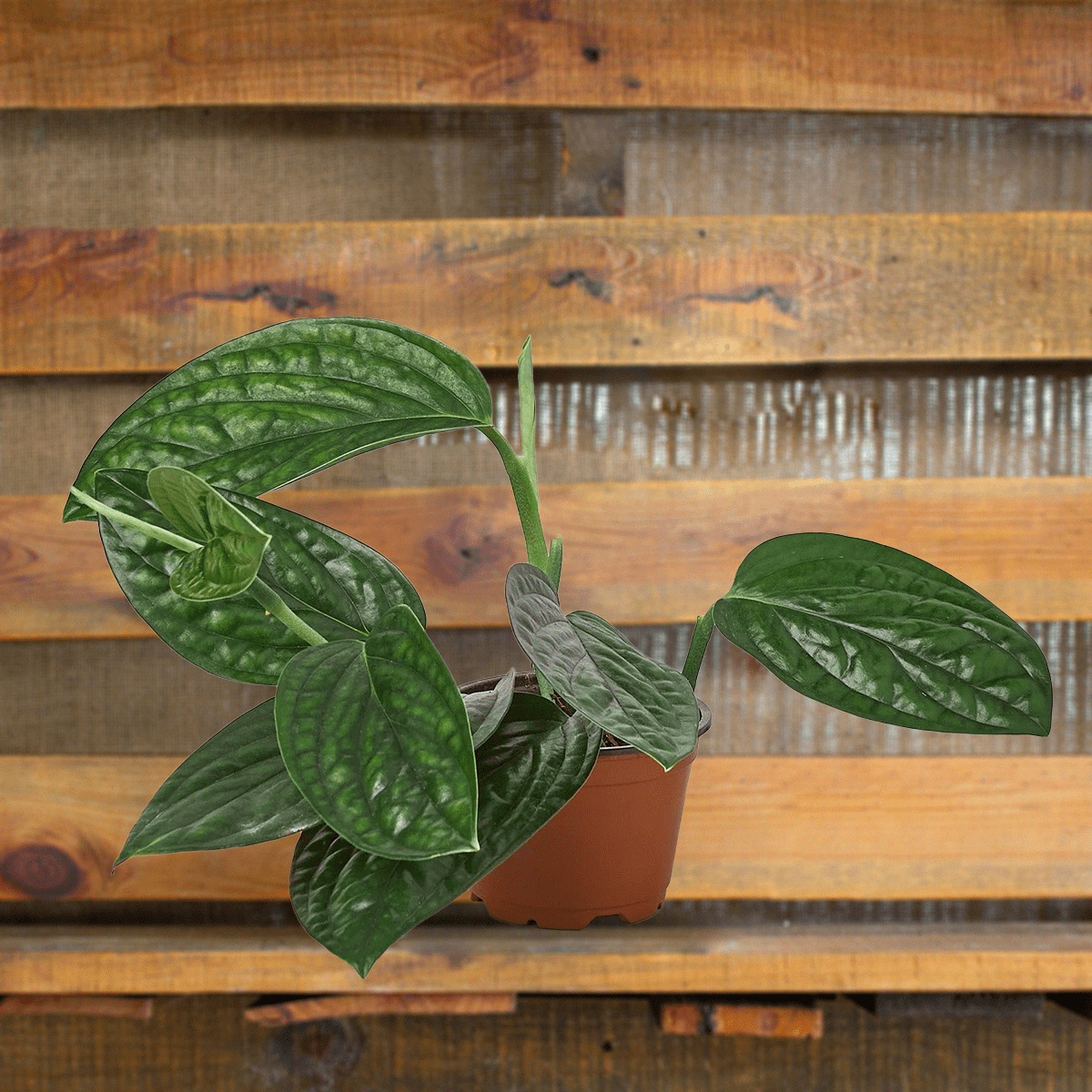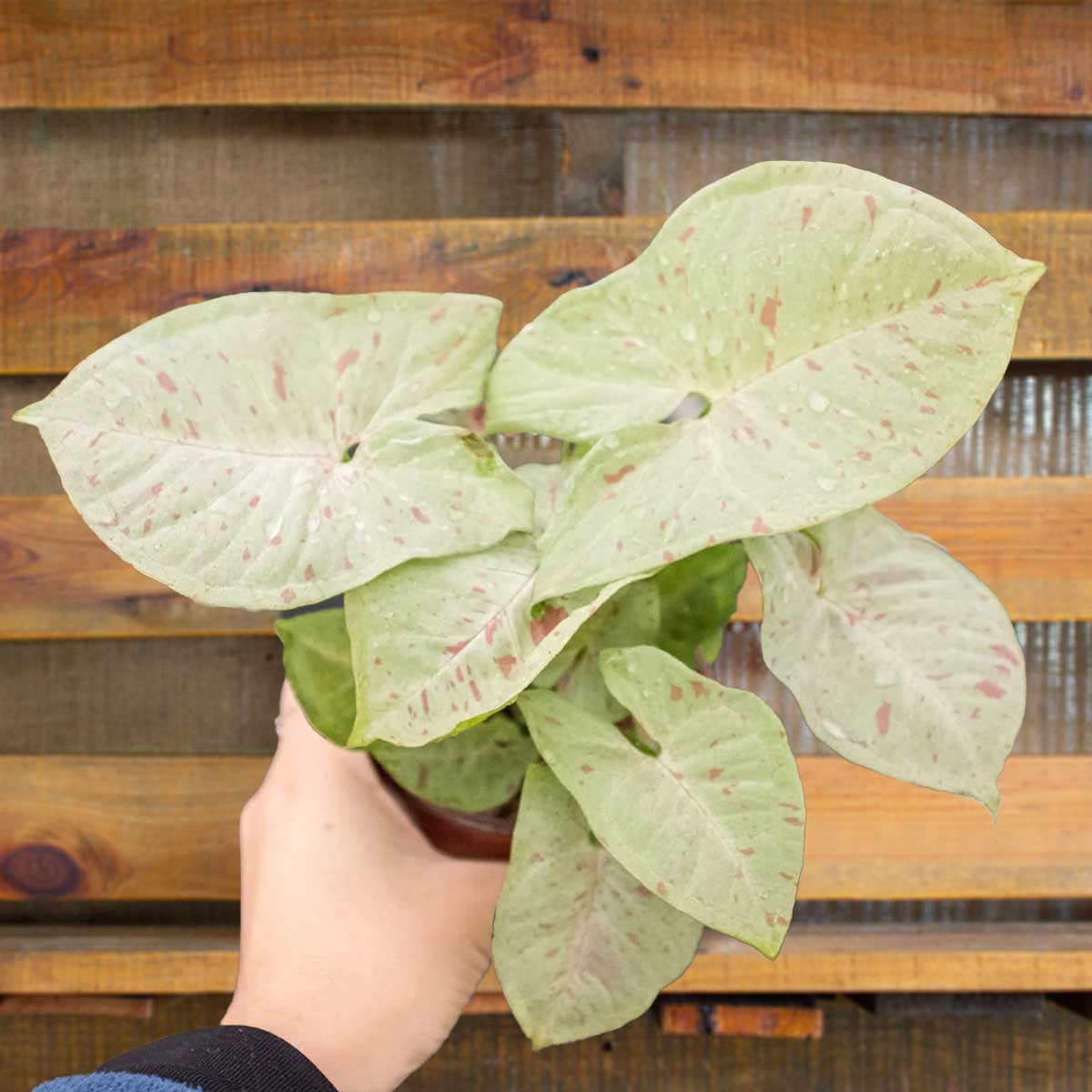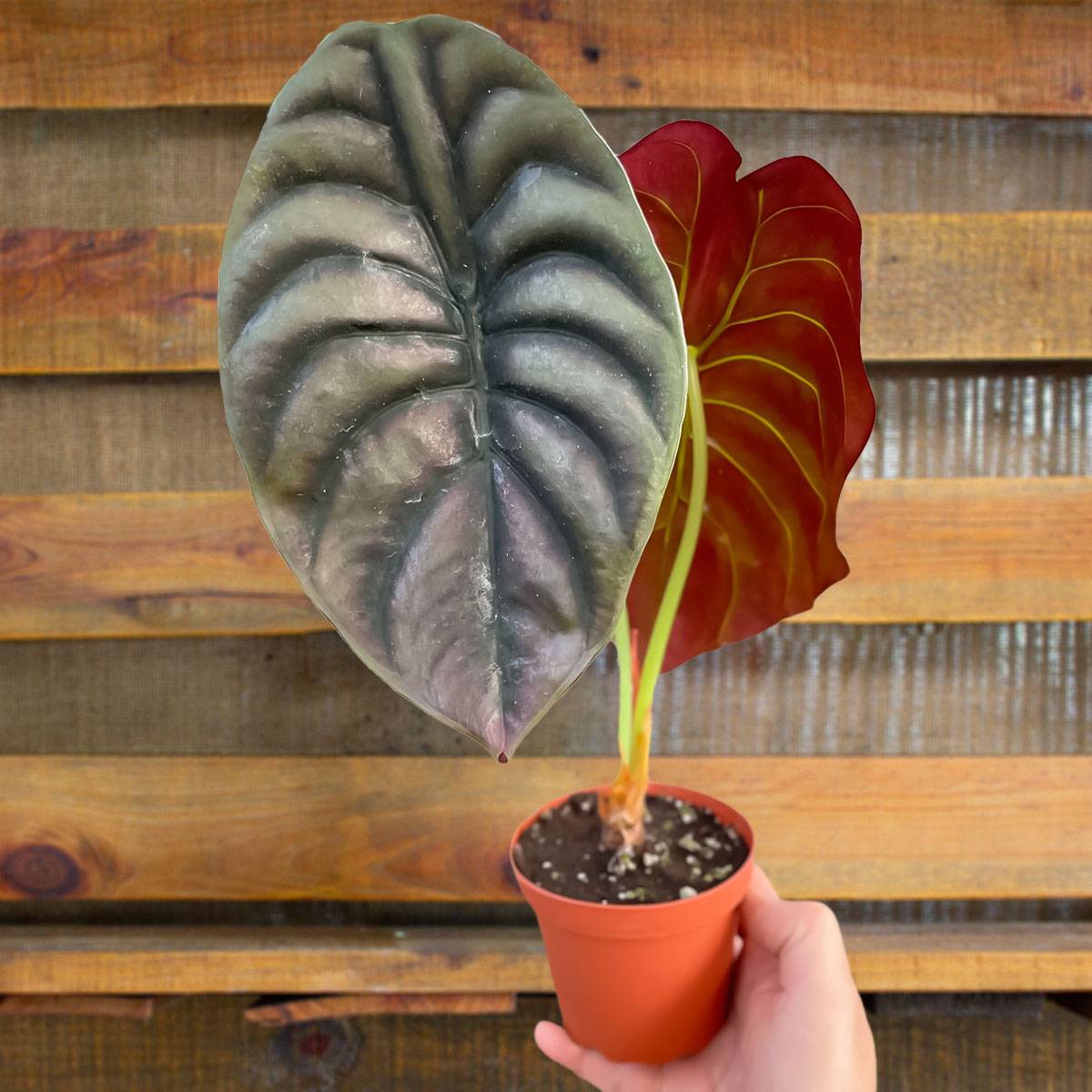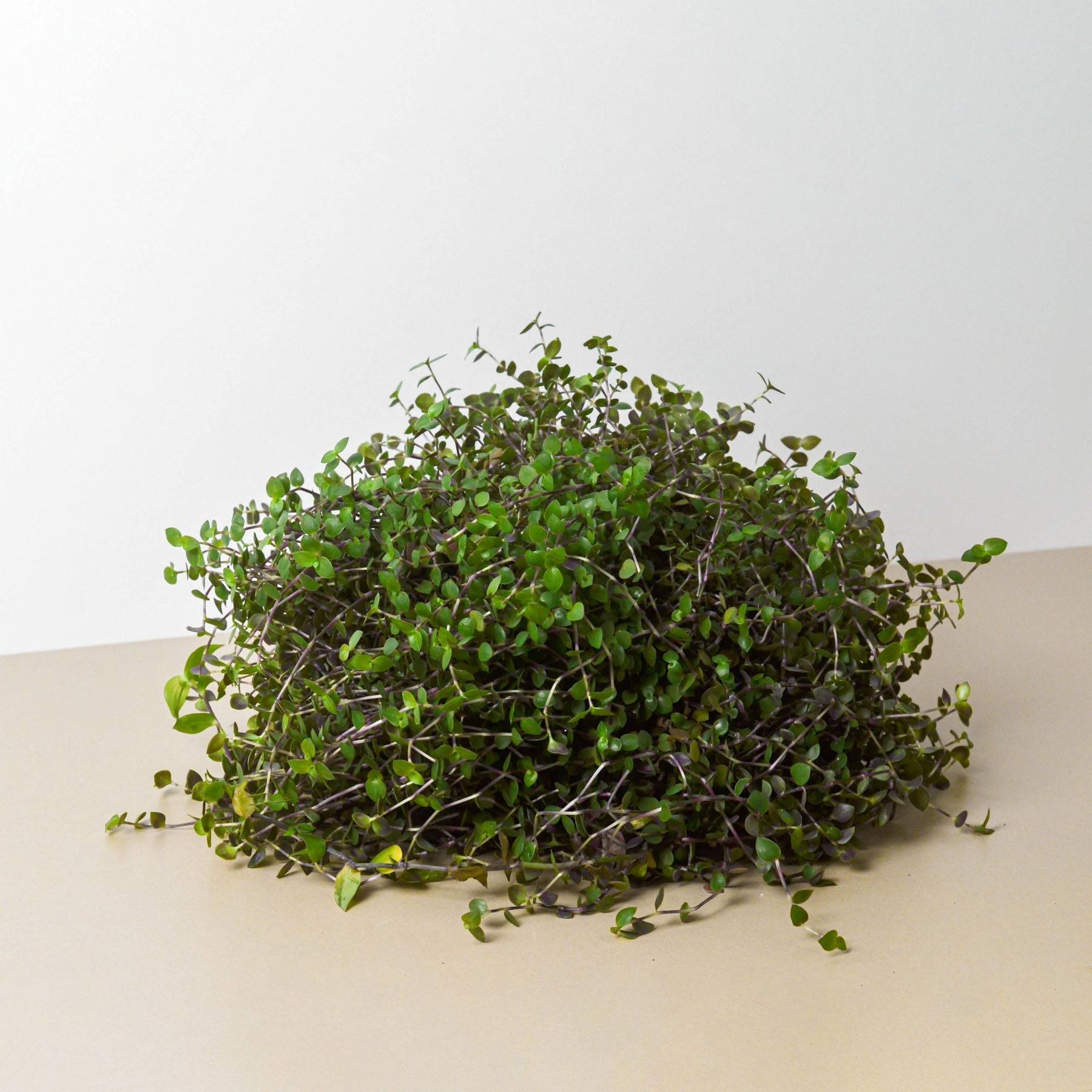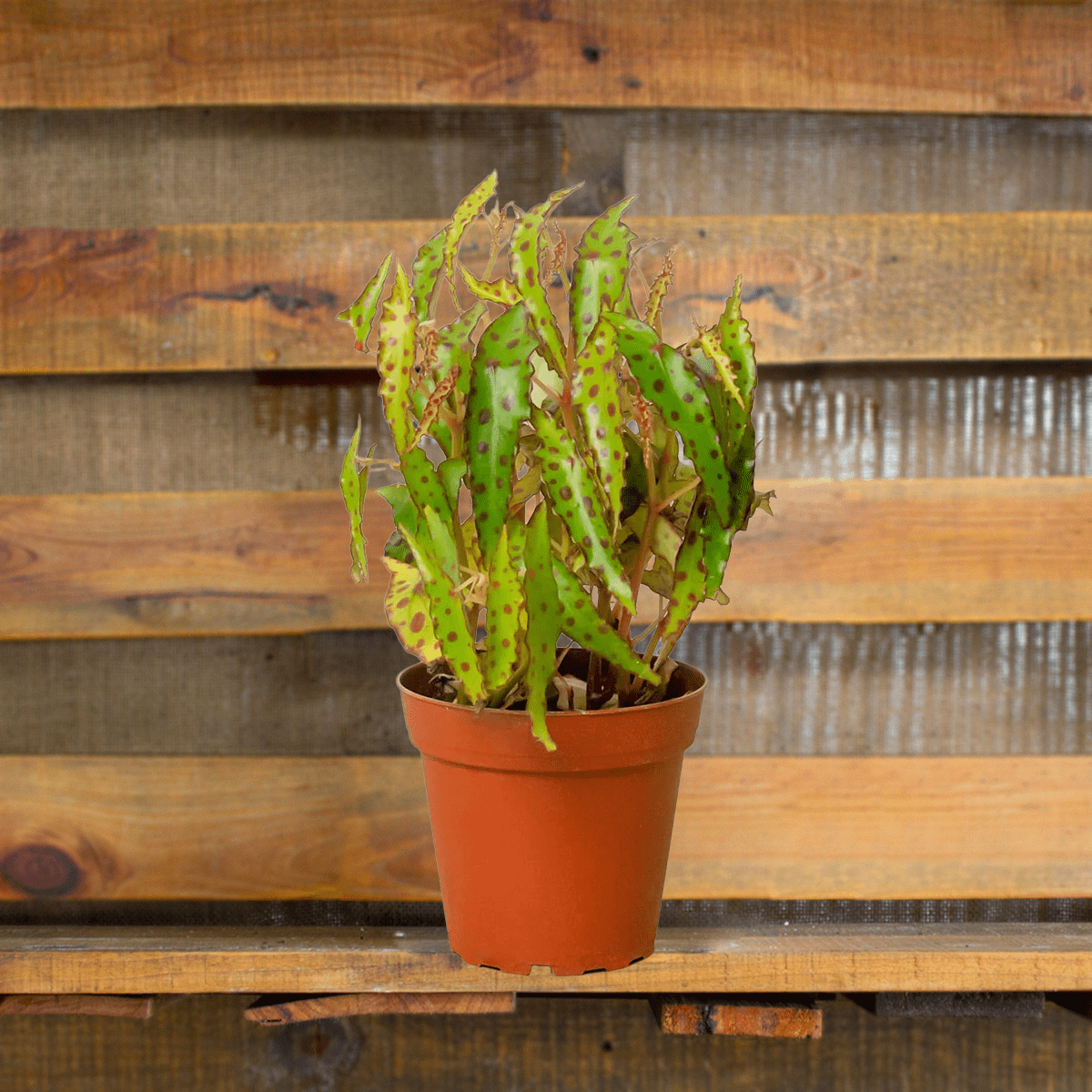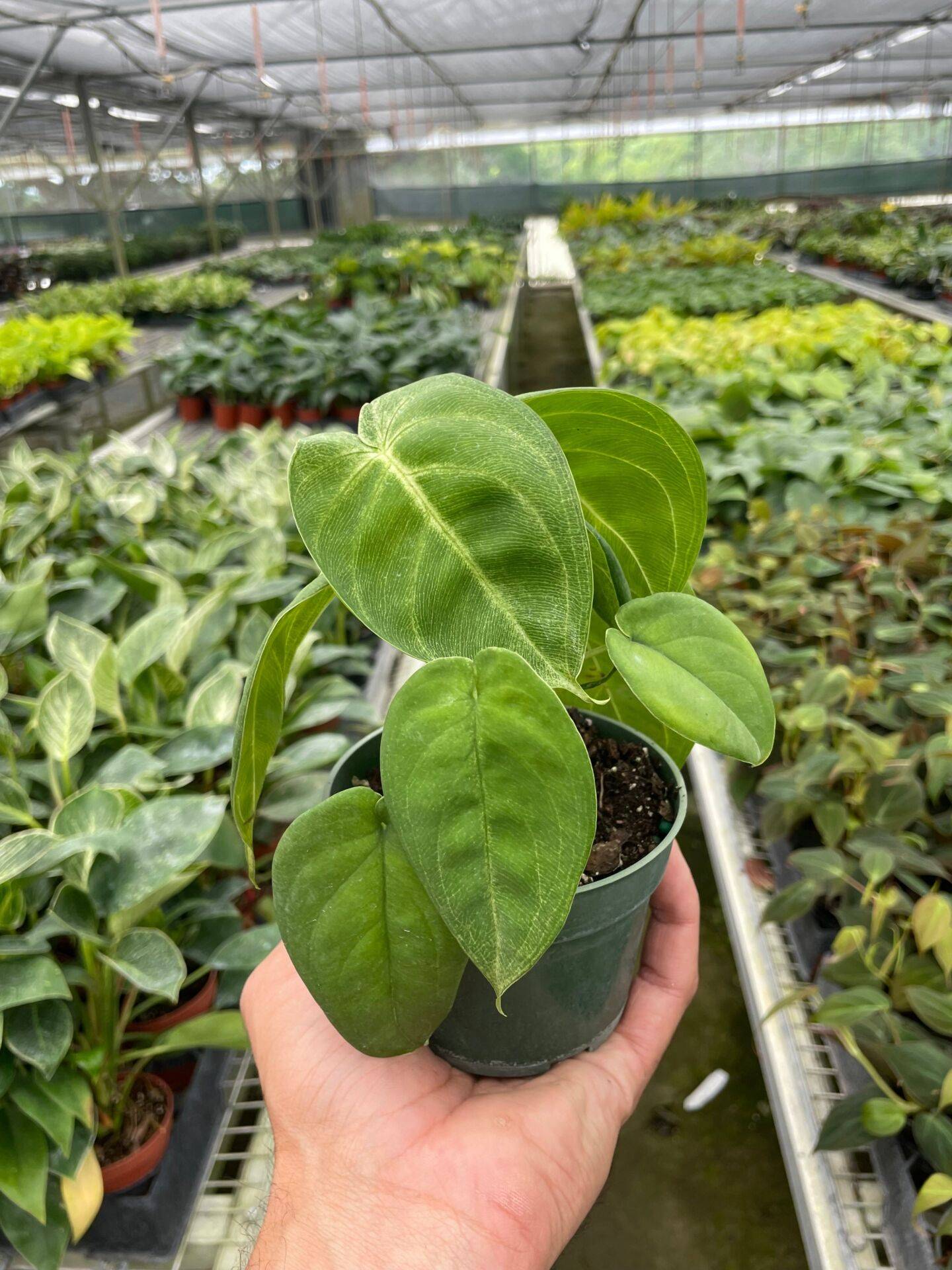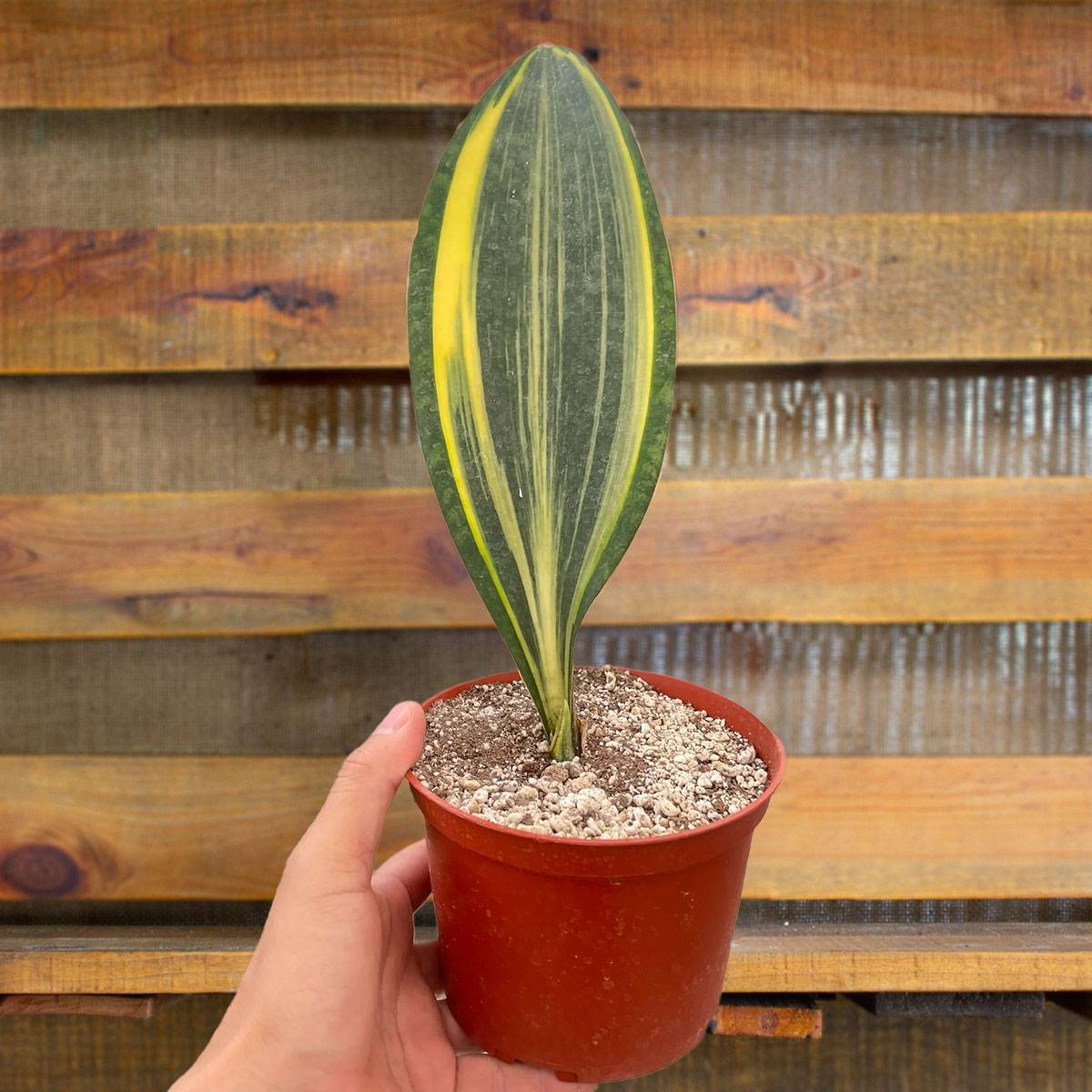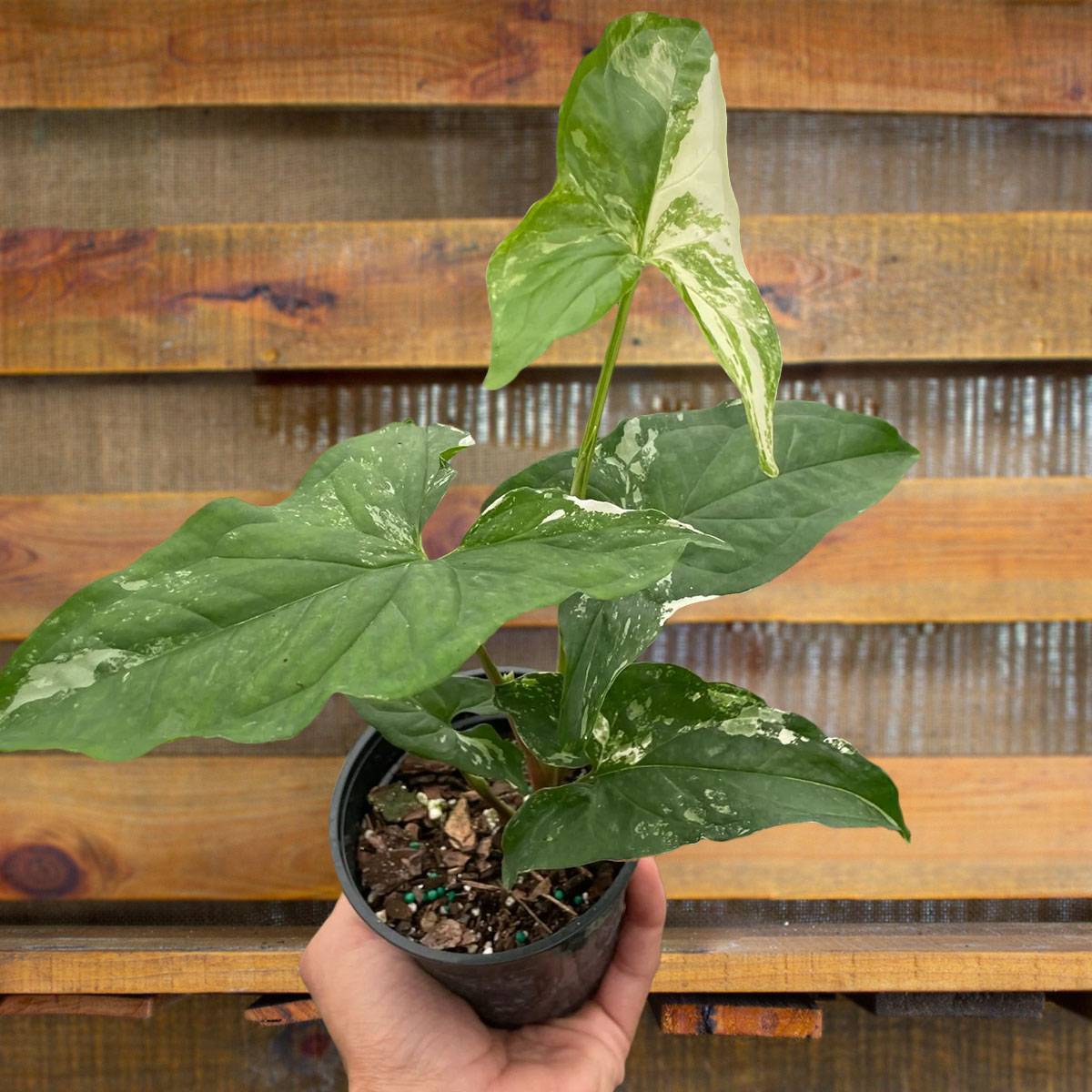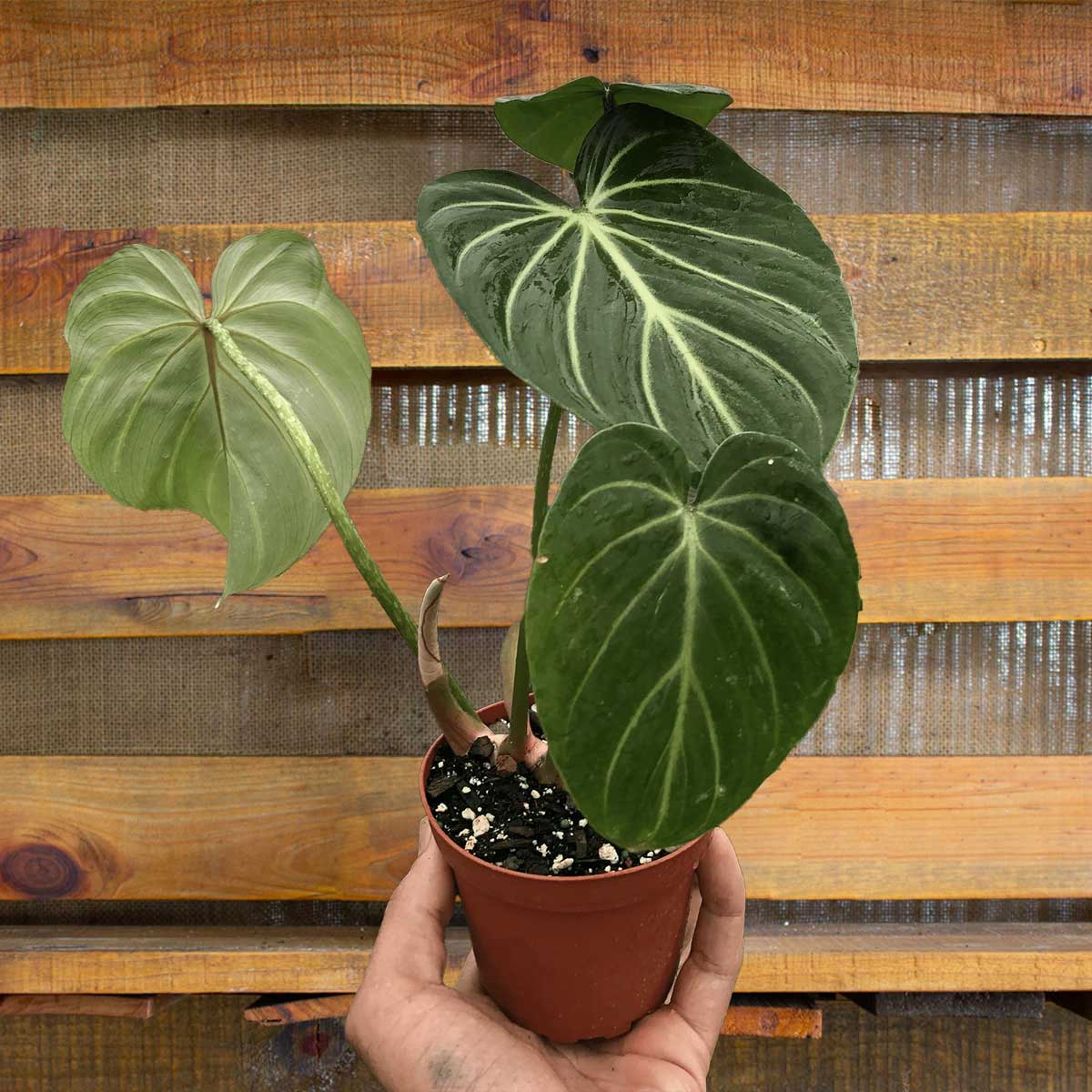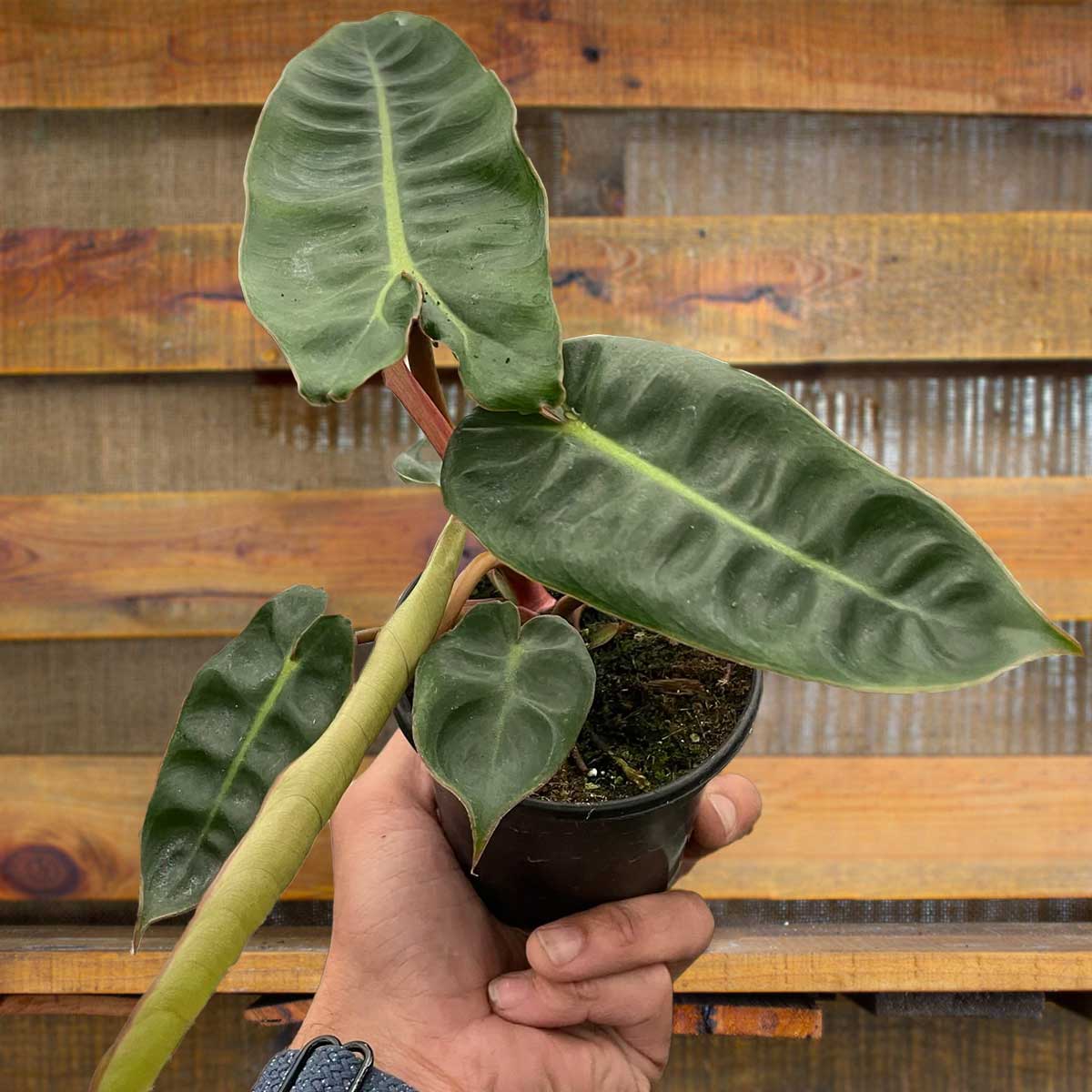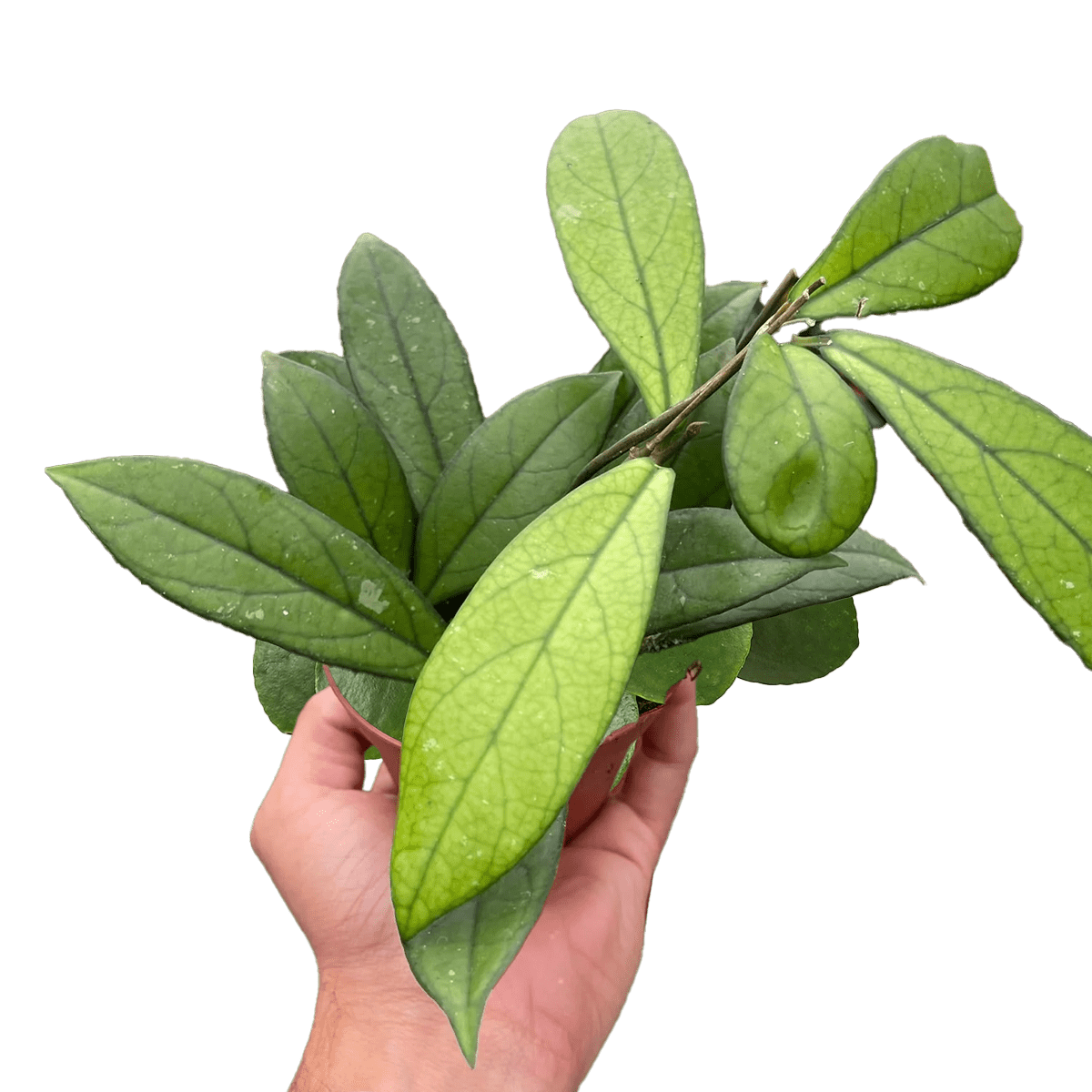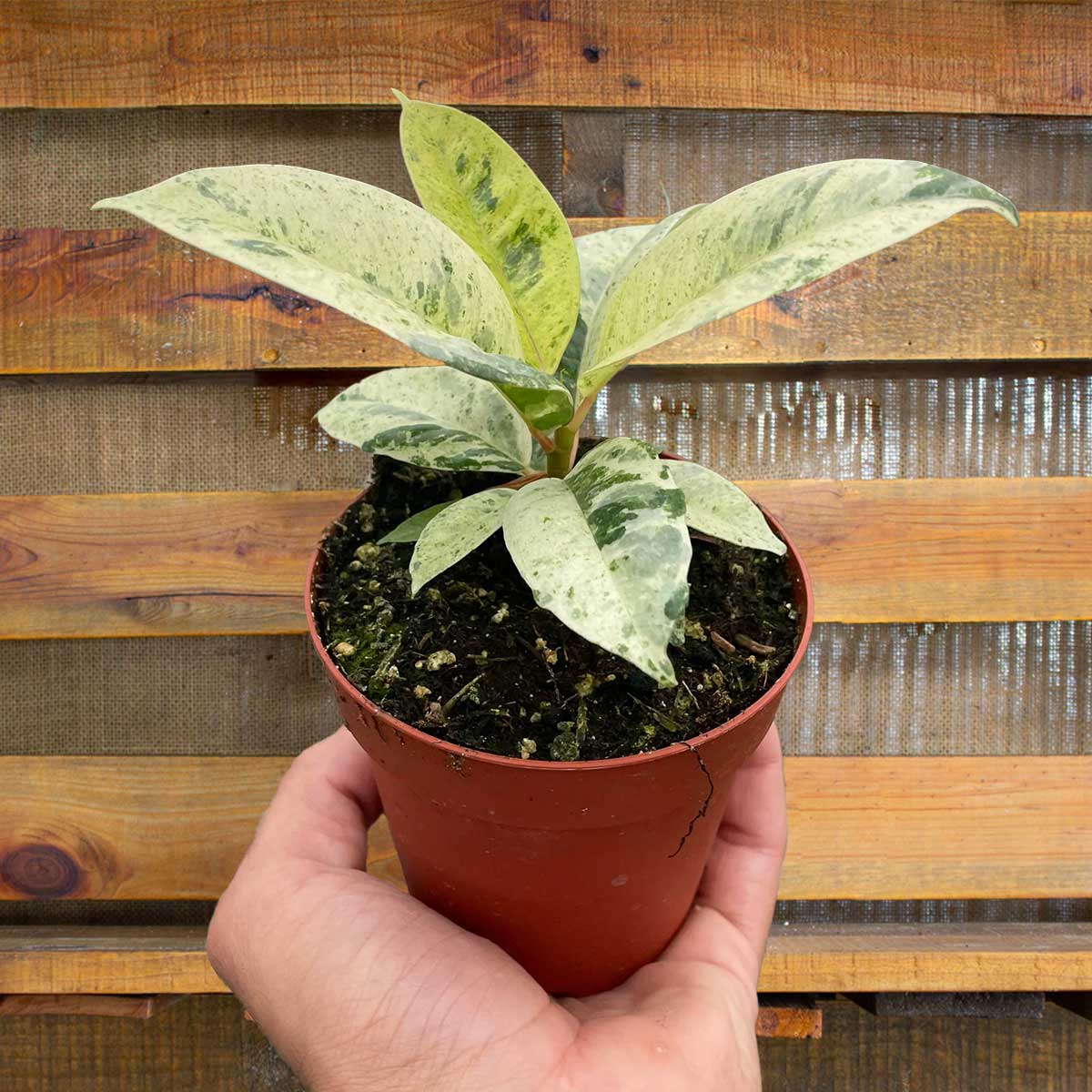Orchid Care Myths Busted: What Really Keeps Your Orchids Thriving!
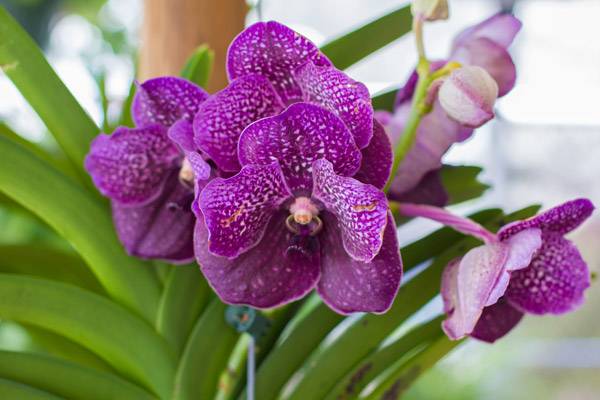
Orchid Care Myths Busted: What Really Keeps Your Orchids Thriving!
When I first received an orchid as a gift, I was absolutely enchanted—until I learned how notoriously tricky they were to care for! After trying various common care tips (you know, the usual ice cubes and peat moss recommendations), I felt like I was drowning in frustration. I decided it was time to dive deeper and uncover the truth about orchid care.
Myth #1: Ice Cubes as Watering Solution
When it comes to caring for orchids, one of the most common myths is the idea that ice cubes make a great watering solution. But let me tell you, this is a big NO! Ice cubes can actually shock the roots of your precious orchids. Imagine being doused with cold water when you’re used to a warm, tropical rain. Not pleasant, right?
Why Ice Cubes Are Bad for Orchids
- Shock to Roots: Ice cubes lead to stress and stunted growth in orchids. The sudden temperature drop can shock their delicate roots.
- Watering Needs: Orchids require infrequent but steady watering. They thrive in environments that mimic their natural rainforest habitat.
Understanding the watering needs of orchids is crucial. In the wild, they experience occasional heavy rain, not a daily ice-cube shower. So, why do we think ice cubes are a good idea? Maybe it’s because we overthink orchid care. We feel they need special treatment, but that’s not always the case.
Orchids and Their Natural Habitat
Orchids are native to tropical rainforests. They love humidity and warmth. In their natural environment, they are accustomed to a downpour of rain but not every day. They need time to dry out between waterings. This is where many of us go wrong. We think more water equals better care, but that’s simply not true.
What Happens When You Use Ice Cubes?
Using ice cubes can cause root shock. While the exact percentage of damage is hard to quantify, it’s significant enough to be harmful. Instead of thriving, your orchid could end up stressed and struggling to grow. That’s not what we want for our beautiful plants!
“Watering orchids is an art, not a science. They deserve love, not cold shock.” – Aileen, Plant Lover and Expert
How to Properly Water Your Orchids
So, how should we water our orchids? Here are some simple tips:
- Check the Potting Medium: Make sure it’s dry before watering again. Orchids prefer to dry out between waterings.
- Use Room Temperature Water: Always use water that’s at room temperature. This mimics their natural environment and is gentle on their roots.
- Water Less Frequently: Instead of daily watering, try every week or two, depending on the humidity in your home.
By following these simple guidelines, we can create a nurturing environment for our orchids to flourish. It’s not about complicating the care process; it’s about understanding what our plants truly need.
Conclusion
In summary, ice cubes are not the answer for watering orchids. They deserve better! A little understanding goes a long way in orchid care. So, let’s ditch the ice cubes and embrace a more loving approach to watering. Your orchids will thank you for it!
Myth #2: Peat Moss is the Best Medium
When it comes to caring for orchids, a common myth is that peat moss is the best medium for them. But let me tell you, that’s not the whole story. Peat moss is indeed spongy and retains moisture, but this can lead to serious problems for our delicate orchid friends.
Why Peat Moss Can Be Problematic
- Excessive Moisture Retention: Peat moss holds onto water like a sponge. This might sound good, but too much moisture can suffocate the roots. We all know that roots need air to breathe, right?
- Poor Aeration: Orchids thrive in environments where air circulates freely. Peat moss can create a compact environment, leading to root rot and other issues.
Imagine living in a damp basement. Not pleasant, is it? Now think of your orchids. They come from the heights of tropical trees, not the depths of muddy basements!
What Should You Use Instead?
So, what’s the alternative? A chunky potting mix! This mix mimics the natural habitat of orchids, allowing for proper air circulation and drainage. Think about it: orchids naturally grow on trees, where their roots are exposed to air and not submerged in soggy soil.
When choosing a potting mix, look for one that contains materials like bark, perlite, or coconut coir. These components allow water to pass through while still retaining some moisture. It’s like finding the perfect balance between a refreshing drink and a dry desert!
Consider Sustainability
Another reason to reconsider peat moss is its impact on sustainability. Harvesting peat moss can harm the environment. It’s essential to think about our choices and their effects on the planet. Alternatives like bark not only provide better drainage but also support more sustainable practices.
Key Takeaways
- Peat moss: Retains too much moisture, causing root rot and poor aeration.
- Chunky potting mix: Ideal for replicating the orchid’s natural growth, allowing air circulation.
- Sustainability: Consider alternatives like bark for better drainage and environmental impact.
“Mimicking nature is vital for orchid success—think tree tops, not muddy basements!” – Lisa, Botanist
In summary, if you want to see your orchids thrive, it’s time to ditch the peat moss myth. Embrace that chunky potting mix instead! Your orchids will thank you with vibrant blooms and healthy growth. Remember, we’re here to help you make the best choices for your plant care journey.
Myth #3: Once They Bloom, Orchids are Done
Have you ever thought about tossing your orchid after its flowers fade? You’re not alone! Many people believe that once orchids bloom, they are finished. But that’s a myth. In reality, orchids can bloom multiple times a year with the right care. It’s heartbreaking to think about how many beautiful orchids end up in the trash simply because their owners don’t understand their needs.
Understanding Orchid Blooms
Orchids are unique plants. They come from environments where they experience cycles of blooming and dormancy. Just like us, they need time to rest and rejuvenate. So, when you see those stunning flowers drop, don’t panic! Instead, think of it as a natural part of their life cycle.
- Many people discard orchids after their blooms fade, unaware that they can bloom repeatedly.
- With proper care, including using an Orchid Kit, you can encourage your plant to bloom again.
Why Do Orchids Stop Blooming?
There are several reasons why your orchid might stop blooming:
- Light Conditions: Orchids thrive in bright, indirect sunlight. If they’re not getting enough light, they may not bloom.
- Watering Issues: Overwatering or underwatering can stress your plant. Remember, they prefer to dry out a bit between waterings.
- Temperature Fluctuations: Orchids like stable temperatures. Too much heat or cold can affect their blooming cycle.
So, before you consider throwing your orchid away, check its environment. Is it getting enough light? Are you watering it correctly? You might be surprised at how small changes can lead to new blooms.
Encouraging Reblooming
So, how do we encourage our orchids to bloom again? Here are a few tips:
- Use an Orchid Kit: These kits are designed to provide the right nutrients and conditions for your orchid. They make caring for your plant much easier.
- Be Patient: Sometimes, orchids just need time. Give them the right conditions, and they will surprise you!
- Check for Pests: Pests can stress your plant and prevent blooming. Regularly check your orchid for any signs of trouble.
As Jamie, an orchid enthusiast, wisely says,
“Don’t treat your flower like yesterday’s news. Orchids can surprise you if you just give them the chance!”
This is so true! With a little love and attention, your orchid can reward you with beautiful blooms time and time again.
Conclusion
Remember, orchids are not just a one-time wonder. They are resilient and can thrive with the right care. Let’s spread the word: orchids are not trash once they bloom! Instead, they are a treasure that can bring beauty into our homes for many years. Don’t give up on them too soon!
Myth #4: Fertilization is Unnecessary
Orchids are often seen as delicate and hard to care for. But the truth is, they thrive with the right attention. One common misconception is that fertilization is unnecessary. Many people believe that orchids can get by without any added nutrients. This couldn’t be further from the truth!
Understanding Fertilization
First, let’s clarify what fertilization means. Fertilizers provide essential nutrients to plants. Think of it as a multivitamin for your orchids. Just like we need a balanced diet to stay healthy, orchids require proper nutrition to grow strong and produce beautiful blooms.
Now, I want to stress that not all fertilizers are created equal. Harsh fertilizers can actually damage orchids. They can burn the roots and lead to an unhealthy plant. So, what’s the solution? Natural fertilizers! These are gentle yet effective in supporting healthy growth.
The Benefits of Natural Fertilizers
Natural fertilizers, such as compost or bioactive products, can make a world of difference. They provide the nutrients orchids need without the risk of burning them. Products like Bloom Concentrate are fantastic options. They are designed to foster long-term health and flowering in your plants.
- Natural fertilizers support healthy growth.
- They prevent root burn and other damage.
- Using products like Bloom Concentrate can enhance flowering.
Balanced Nutrition is Key
So, why is balanced nutrition so important? It’s simple. Orchids need a mix of nutrients to thrive. This includes nitrogen for growth, phosphorus for blooms, and potassium for overall health. By ensuring your orchids receive these nutrients, you set them up for success.
As Mary, a gardening consultant, wisely said,
“Feed your orchids with respect, and they will return the favor with beauty!”
This quote encapsulates the essence of caring for these beautiful plants. When we treat them well, they reward us with stunning flowers.
Natural vs. Chemical Fertilizers
Data shows that natural fertilizers often yield better results than chemical ones. While specific metrics are hard to pin down, the general consensus is clear. Natural options promote healthier plants and more vibrant blooms. They also contribute to a more sustainable environment. Isn’t that something we all want?
Conclusion
In conclusion, don’t fall for the myth that fertilization is unnecessary. While it’s true that harsh fertilizers can harm your orchids, natural fertilizers are a game-changer. They provide the balanced nutrition your orchids crave, leading to long-term health and beautiful flowers. Remember, caring for orchids is not as daunting as it seems. With the right approach, we can enjoy their beauty for years to come. So, let’s embrace natural fertilizers and watch our orchids thrive!
TL;DR: Orchids aren’t as challenging to care for as many believe. With the right watering techniques, potting mix, and nutrients, anyone can enjoy a blooming orchid.

